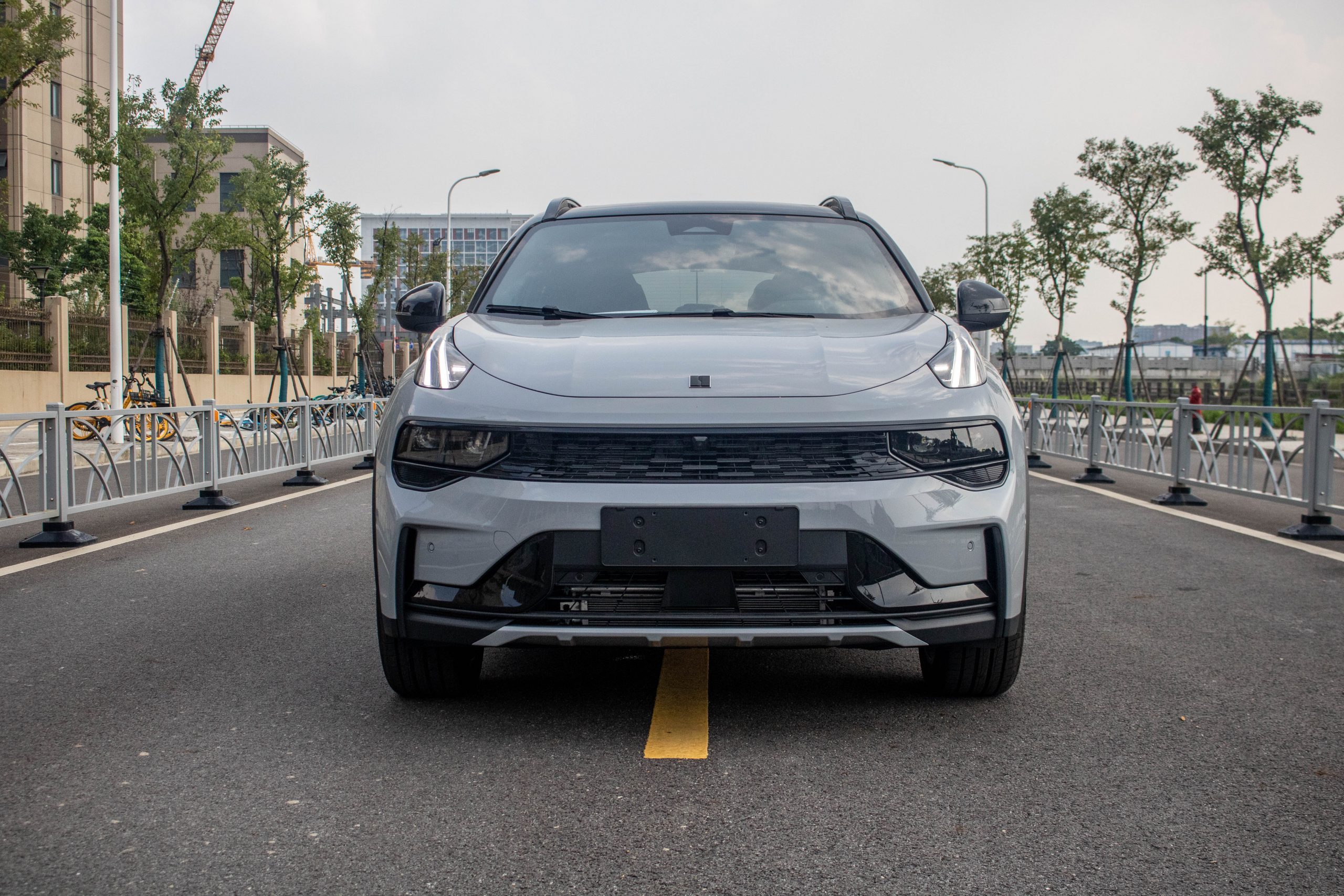The Lynk & Co 01 EM-P: a Familiar Stranger
The Lynk & Co 01 EM-P is the first establishment for this new brand. Though it is a new brand, five years have passed since its debut in 2017. In these five years, the Lynk & Co 01 has gradually become a representative of high-quality compact SUVs due to its excellent handling, performance, and both the interior and exterior qualities, which have earned it high praise.
Times have changed, and in June of this year, Lynk & Co announced the start of a fully electrified era with the launch of the Lynk E-Motive intelligent hybrid technology. As the first chapter of success draws to a close, the Lynk & Co 01 once again shoulders the heavy responsibility of pioneering electrification, this time with the debut of the Lynk & Co 01 EM-P.
Don’t think that having a plug-in hybrid option is the only difference. After driving the Lynk & Co 01 EM-P, I was surprised to see that domestic hybrid technology has quietly surpassed Japanese brands. I am also excited about the future of the Lynk & Co brand and its comprehensive electrification.
So, what is it that makes the Lynk & Co 01 EM-P both familiar and fresh? Let’s find out below.
The Familiar Stranger
Design: Like Meeting an Old Friend
Whether it’s the Lynk & Co 01 EM-F hybrid version or the PHEV version that I test-drove, the essential goal is to enrich consumer options in terms of powertrain. So, the Lynk & Co 01 EM-P’s exterior still gives people a sense of familiarity, like meeting an old friend.
The well-known family-style split headlights are still present, and the biggest difference from the previous fuel version is the body-colored front lip. Personally, I think this is a perfect touch of design that adds some sportiness.
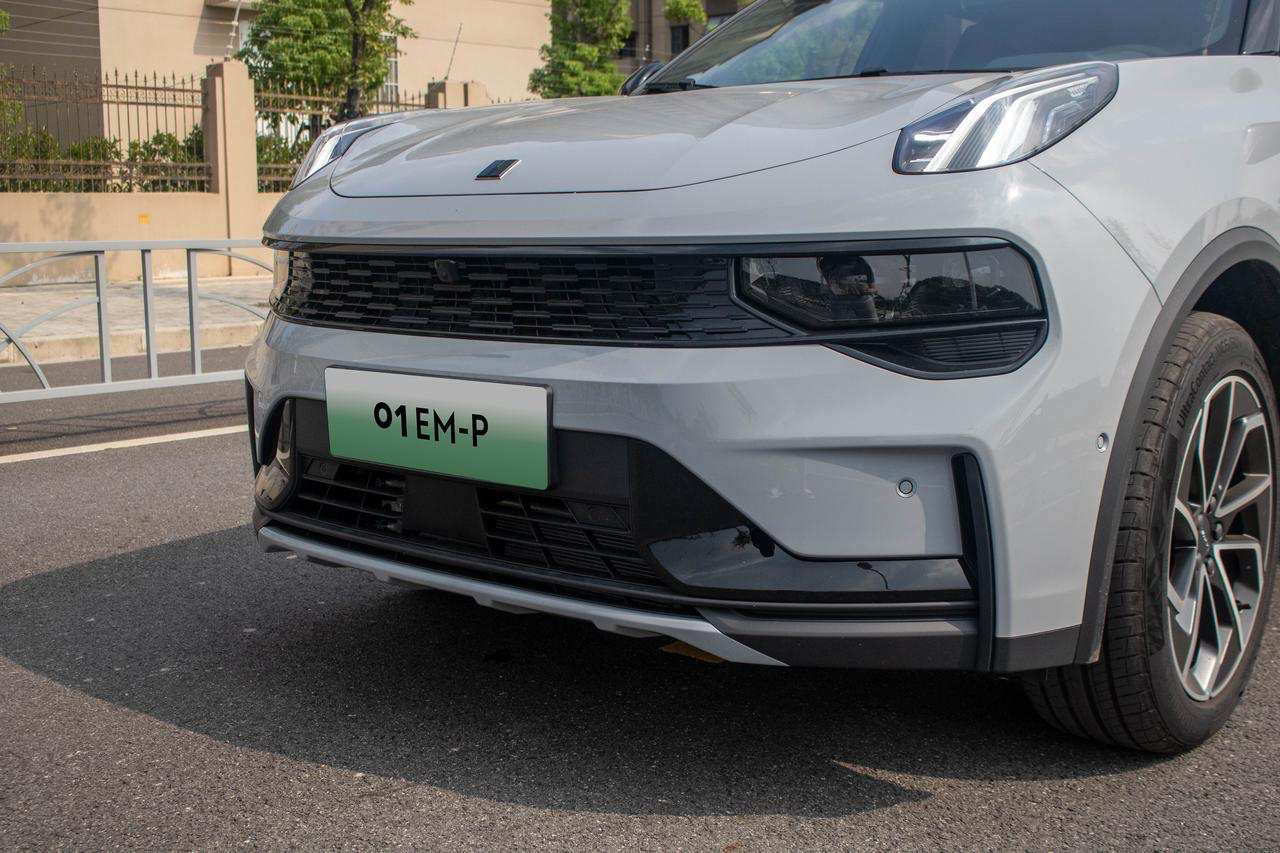
The Lynk & Co 01 EM-P has the same body size as the original version, with dimensions of 4,549×1,860×1,689 mm and a wheelbase of 2,734mm. The black package added to the side of the car is another perfect touch of design: the mirror cover, door handle, roof rack, A-pillar and B-pillar, door trim, wheel arches, and rear spoiler all use a glossy black paint. Overall, the design style leans towards a younger, sporty look.
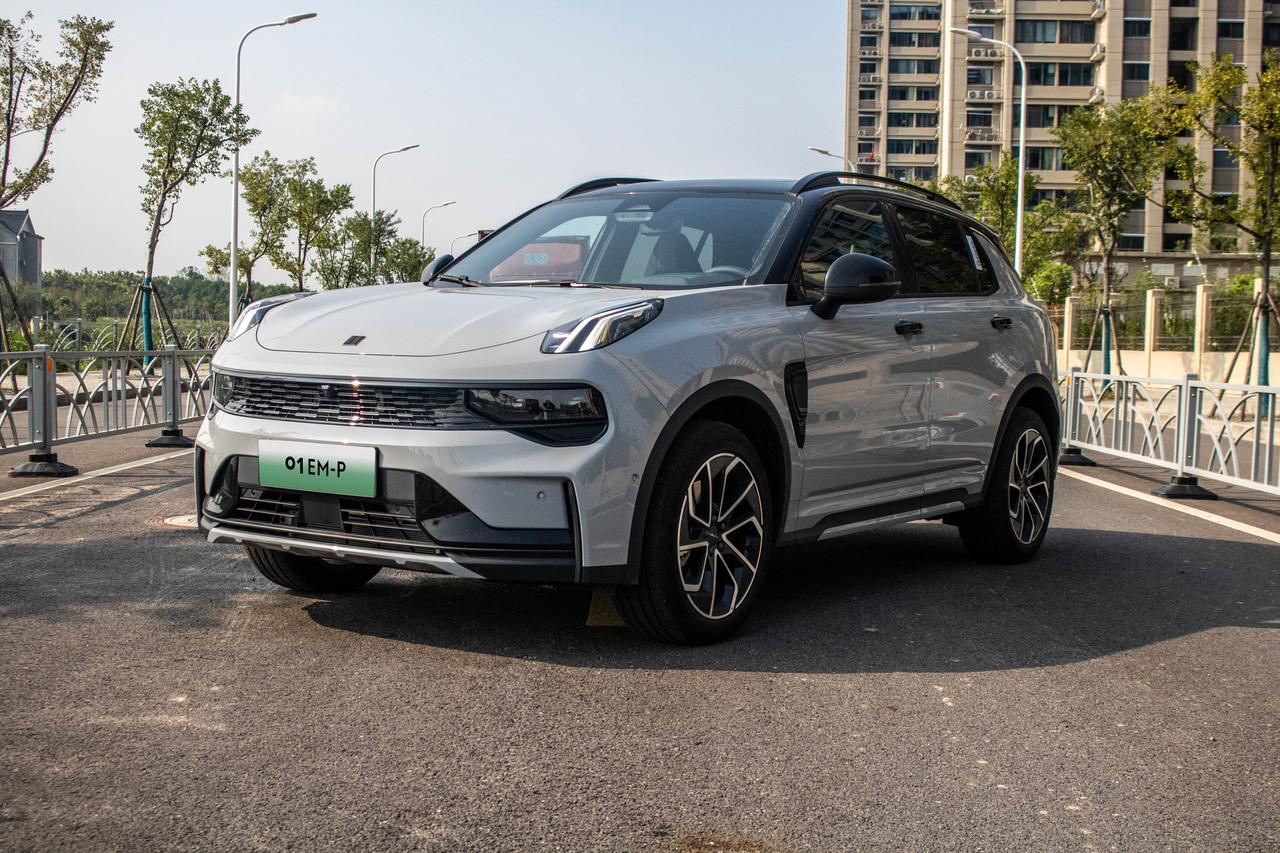
The changes in the Lynk & Co 01 EM-P’s rear are significant: the continuous taillights and illuminated logo widen the visual perception of the rear of the car. The “energy crystal” taillights on the fuel version of the Lynk & Co 01 turn into horizontal light sources that run parallel to the top of the rear on the EM-P, which looks a bit more complicated, and personally, I think the previous design was more exquisite.
 The dual-exhaust tailpipes on both sides do not match the positioning of the hybrid model, so the Lynk & Co 01 EM-P adopts a hidden exhaust tailpipe and the rear lip adds a decorative panel to balance the visual effect.
The dual-exhaust tailpipes on both sides do not match the positioning of the hybrid model, so the Lynk & Co 01 EM-P adopts a hidden exhaust tailpipe and the rear lip adds a decorative panel to balance the visual effect.
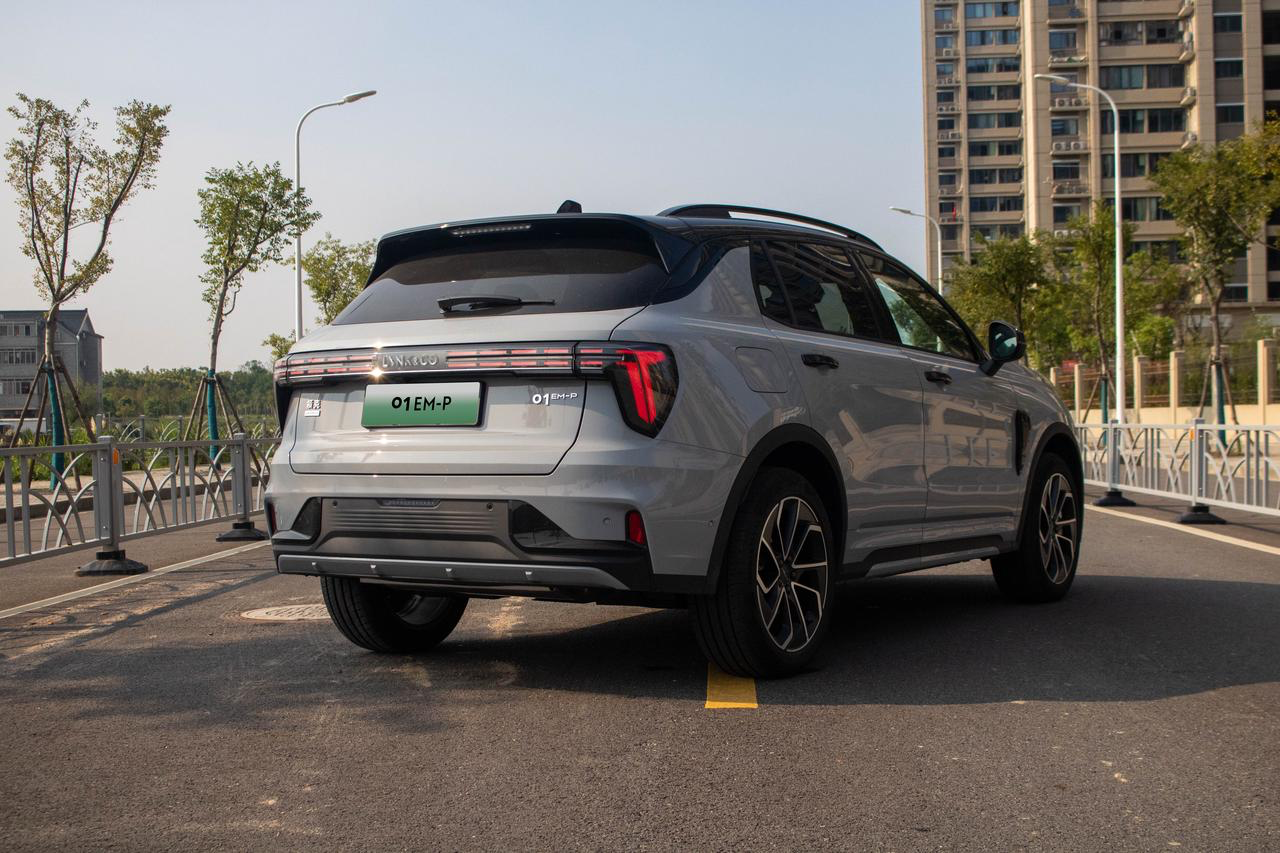
Overall, the changes in appearance between the Lynk & Co 01 EM-P and the fuel-powered models are not very significant, and they are mainly provided with freshness through changes in details. However, it is worth mentioning that the Lynk & Co 01 EM-P model has two exclusive colors, “Dusk Grey” and “Dawn Blue”, and the “Dusk Grey” color in the actual shooting has a very textured visual effect.
Interior: From Old Soul to New Soul
The layout of the Lynk & Co 01 EM-P’s interior is similar to that of the fuel-powered models, with a 12.8-inch large screen slightly leaning towards the driver’s side and the overall interior using rigorous materials and workmanship. The design style of the textured decorative panel and leather mix is very textured, and as a new car with only 300 km, the level of odor control in the car is very good.
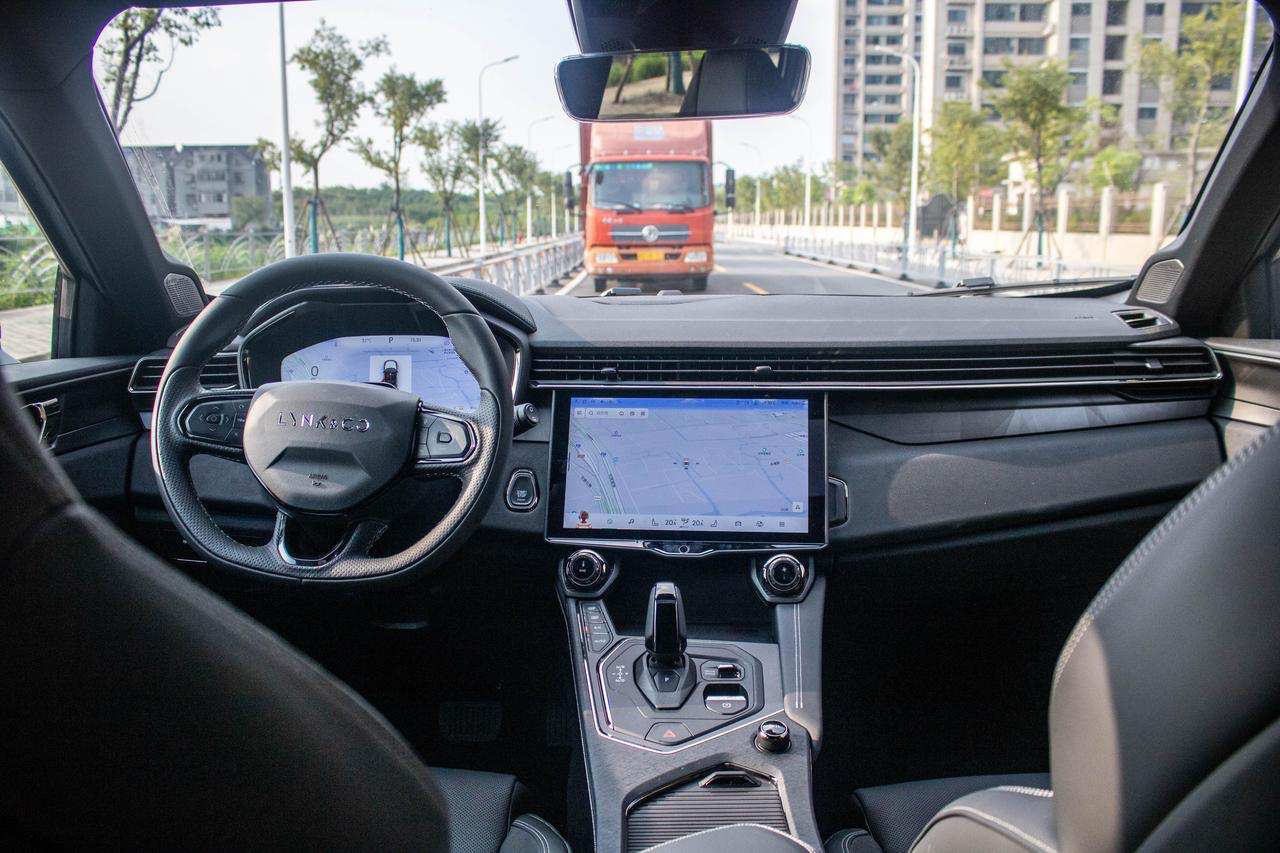
Similarly, the grip of the leather steering wheel is also of excellent quality. The damping and tactile feel of the multi-function buttons are online, with the left side being the area for auxiliary driving control and the right side being the multi-function control area. The 12.3-inch full LCD instrument panel displays sufficient information and supports the driver to switch between full-screen navigation and auxiliary driving visualization interfaces. The right side can provide hybrid energy flow, mileage fuel consumption, multimedia, phone book and other functions.
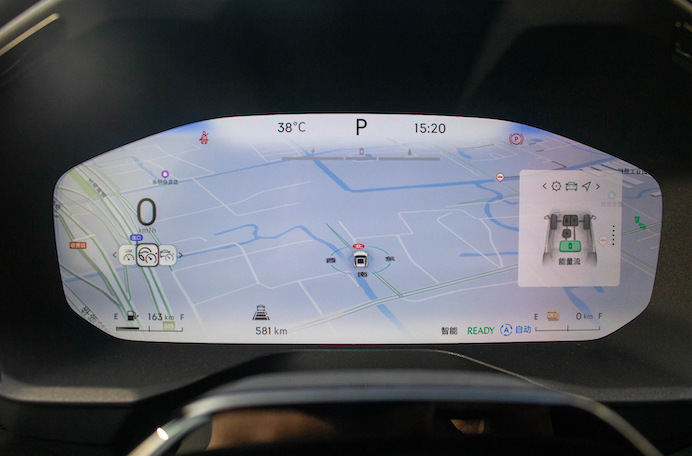
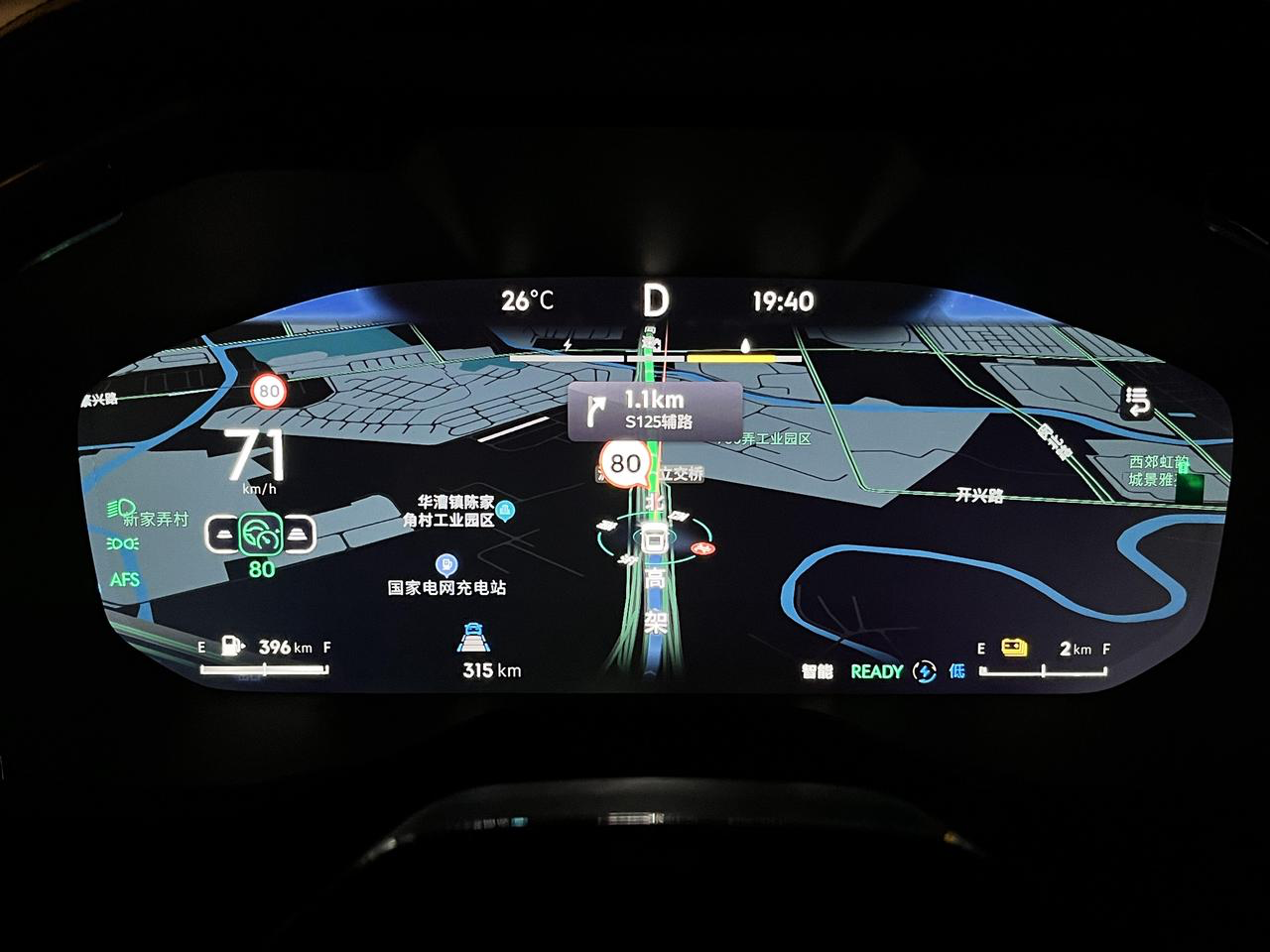
It is worth mentioning this 7.4-inch full-color W-HUD head-up display system, which can provide information such as vehicle speed, navigation, and auxiliary driving. The brightness and clarity are both of excellent quality, and it is easy to find a suitable viewing height in normal sitting posture, and the sense of depth is also very friendly to the eyes.
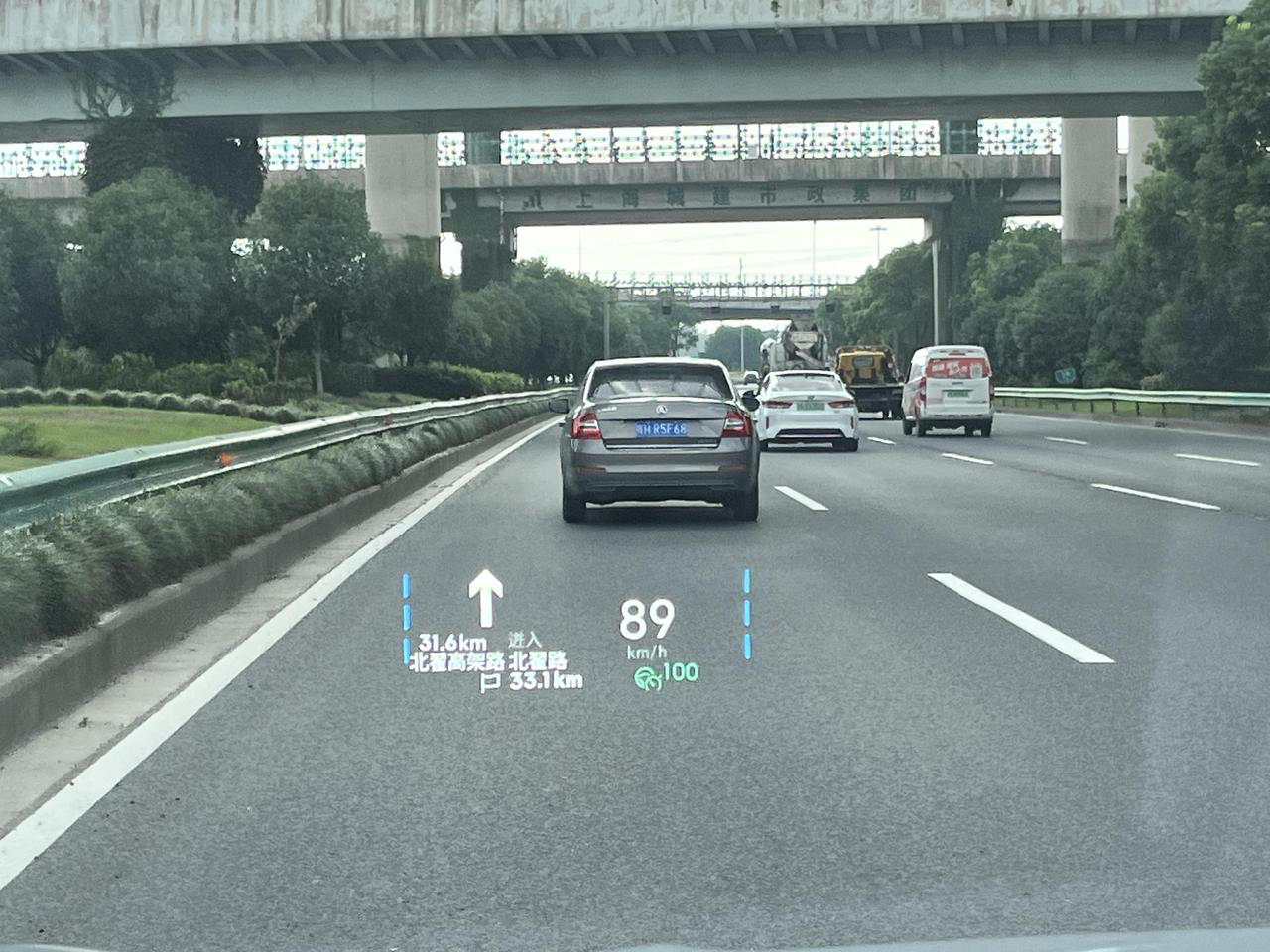 Of course, the highlight is undoubtedly the familiar 12.8-inch touchscreen which has been upgraded with the Qualcomm 8155 chipset for smooth performance. The UI for the instrument and center displays of the Lynk & Co 01 EM-P has undergone a redesign, featuring a simple and intuitive style. The “HOME” button at the bottom is retained, allowing quick return to the navigation interface.
Of course, the highlight is undoubtedly the familiar 12.8-inch touchscreen which has been upgraded with the Qualcomm 8155 chipset for smooth performance. The UI for the instrument and center displays of the Lynk & Co 01 EM-P has undergone a redesign, featuring a simple and intuitive style. The “HOME” button at the bottom is retained, allowing quick return to the navigation interface.
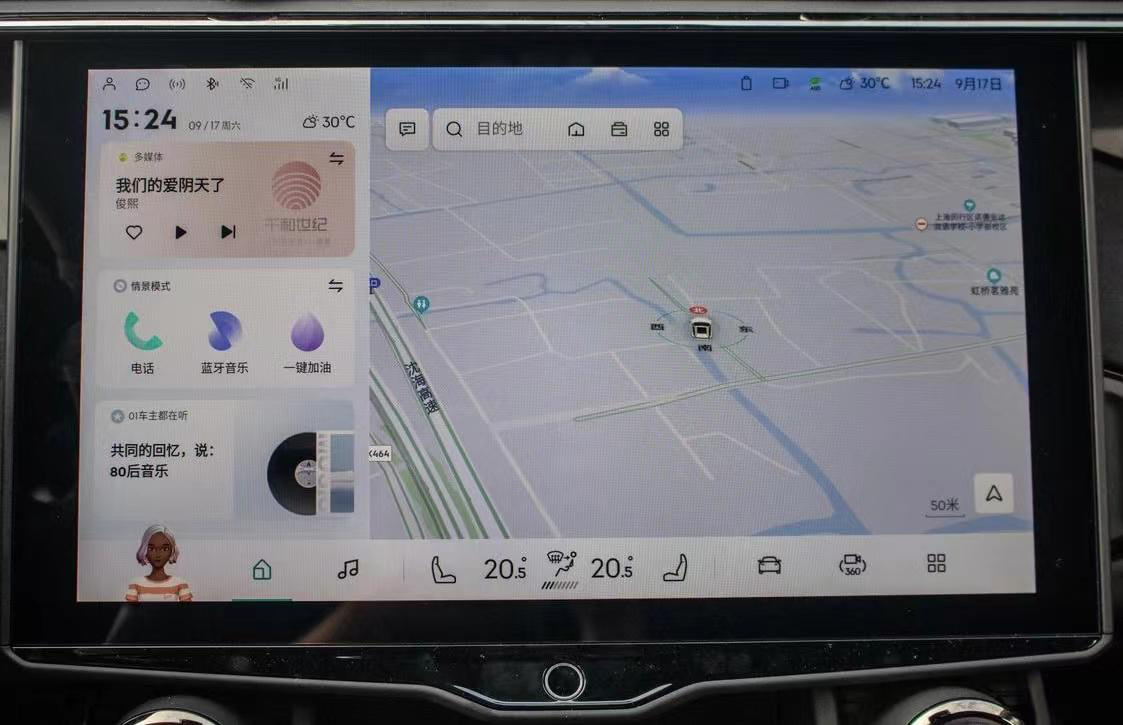
The performance of the infotainment system is impressive, with a logically organized control layout in the settings interface. There is no lag in tapping or sliding operations with the sunroof and sunshade switches even featuring corresponding animations, displaying the extent of opening. A big thumbs up!
However, there is room for improvement in expanding the functionality of this infotainment system. Currently, QQ Music and iQiyi are the only third-party apps that come with the car. While it’s possible that more apps will be added through subsequent system upgrades, the app marketplace for the vehicle is currently blank.
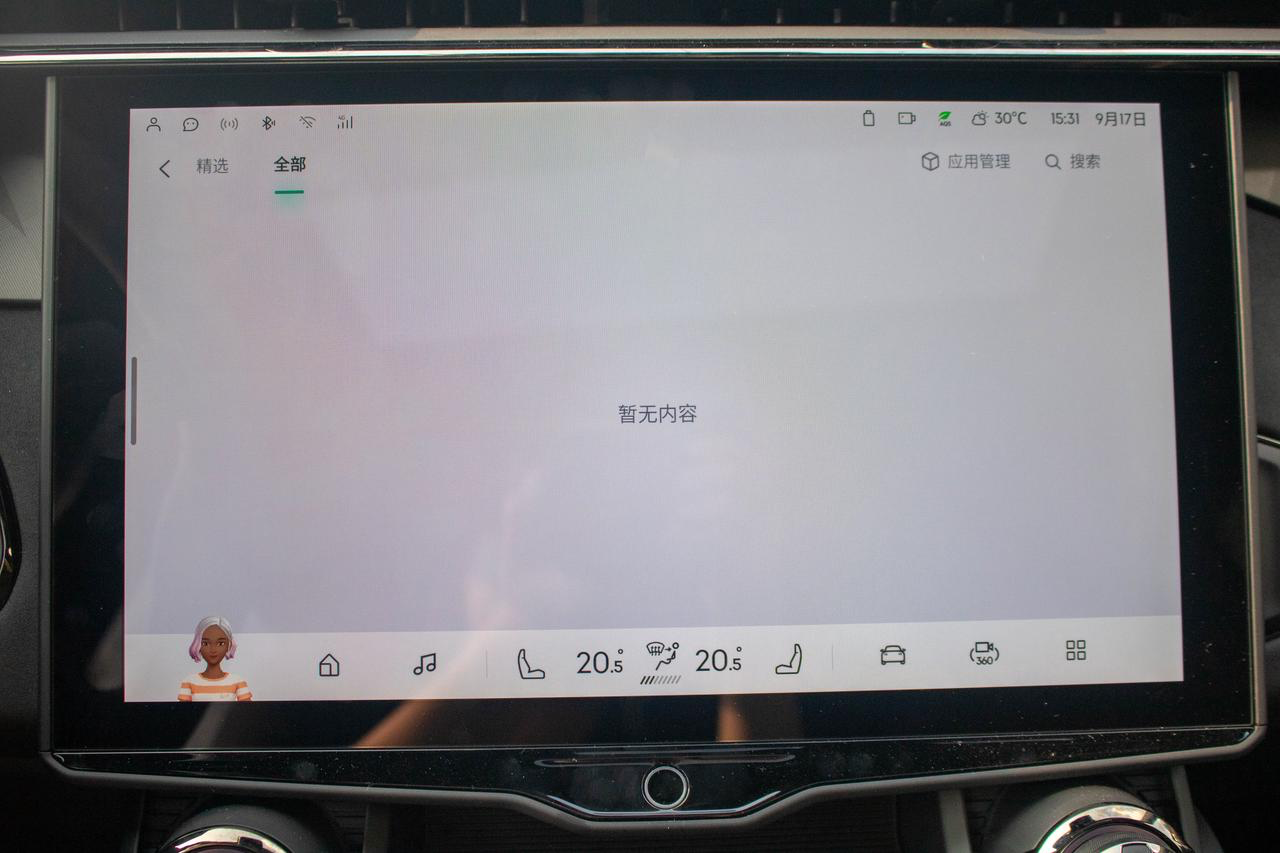
The voice assistant of the Lynk & Co 01 EM-P performs well, with a high rate of prompt responsiveness for basic functions like opening and closing windows as well as adjusting the air conditioning. However, since there is no microphone installed in the rear seats, passengers on the back row cannot use voice commands. The test drive vehicle is also equipped with Infinity’s 10-speaker sound system, which offers a balanced range from bass to treble while producing clean-sounding vocals. The interior ambiance of the cabin is further enhanced with the variable-color ambient lighting.
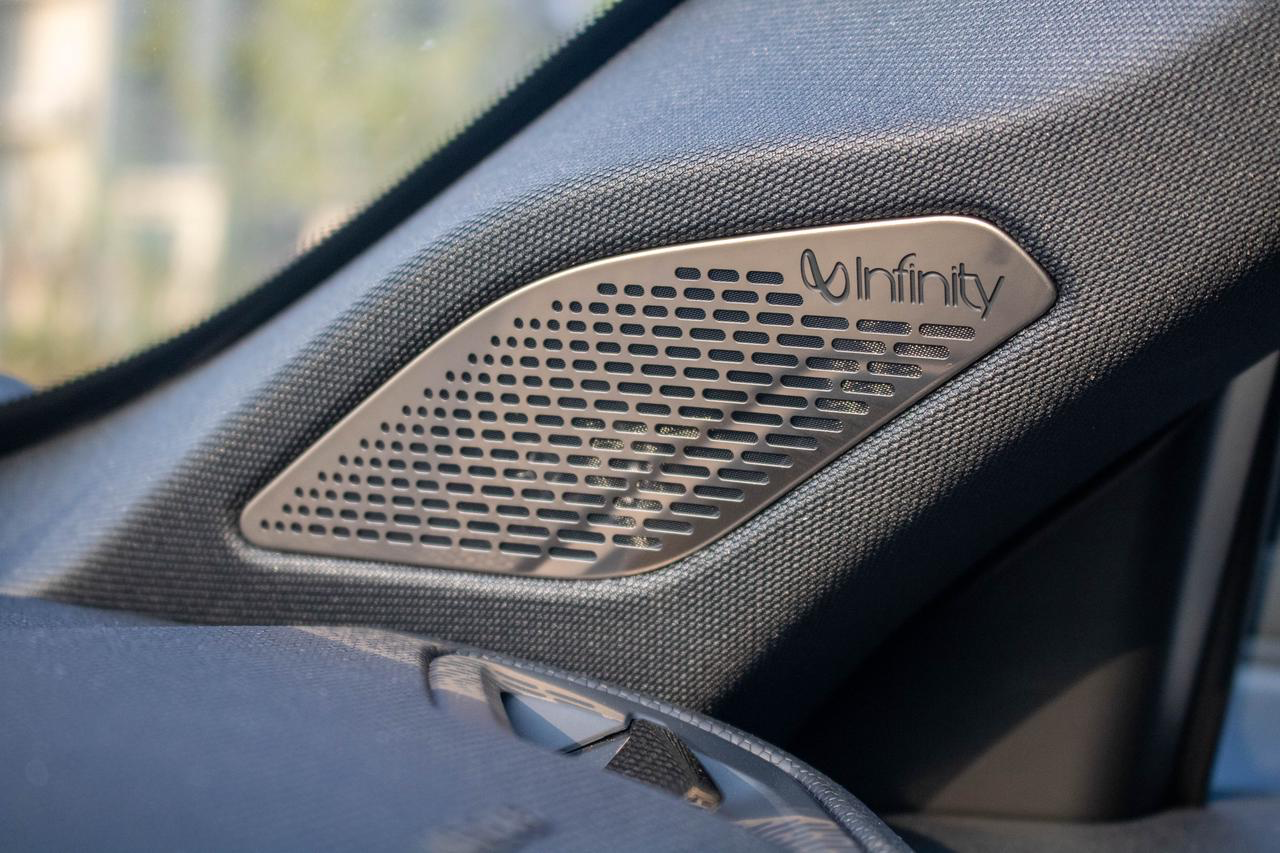
The seat material of the Lynk & Co 01 EM-P is a combination of genuine leather and Nubuck suede, with a sporty one-piece design. The side wing supports of the seats provide excellent support, securely holding the body in place during intense driving. This feature caters well to the brand’s target audience of younger drivers, but the trade-off made for a firmer seat is a slight decrease in comfort. It is obvious that when faced with the choice between sportiness and comfort, Lynk & Co has decisively chosen the former.
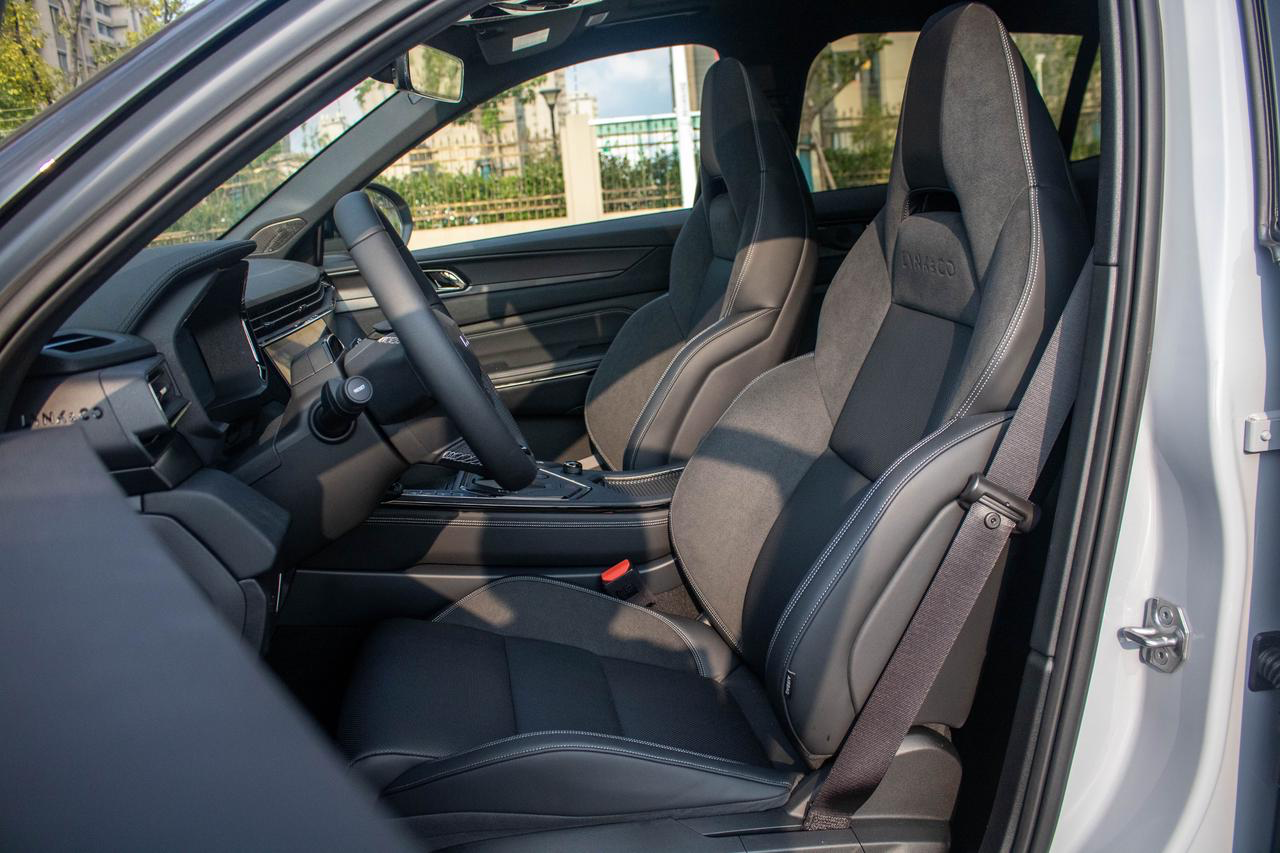 In the compact SUV segment, the 2,734mm wheelbase of the Lynk & Co 01 EM-P is average. With a height of 175cm, the author had enough legroom in the rear seat, with about 2 fists of space left after adjusting the front seat to a comfortable position. Compared to the sporty front seats, the rear seats of the Lynk & Co 01 EM-P have better cushioning and support, and the headrests have a concave design similar to an aircraft headrest for added comfort.
In the compact SUV segment, the 2,734mm wheelbase of the Lynk & Co 01 EM-P is average. With a height of 175cm, the author had enough legroom in the rear seat, with about 2 fists of space left after adjusting the front seat to a comfortable position. Compared to the sporty front seats, the rear seats of the Lynk & Co 01 EM-P have better cushioning and support, and the headrests have a concave design similar to an aircraft headrest for added comfort.
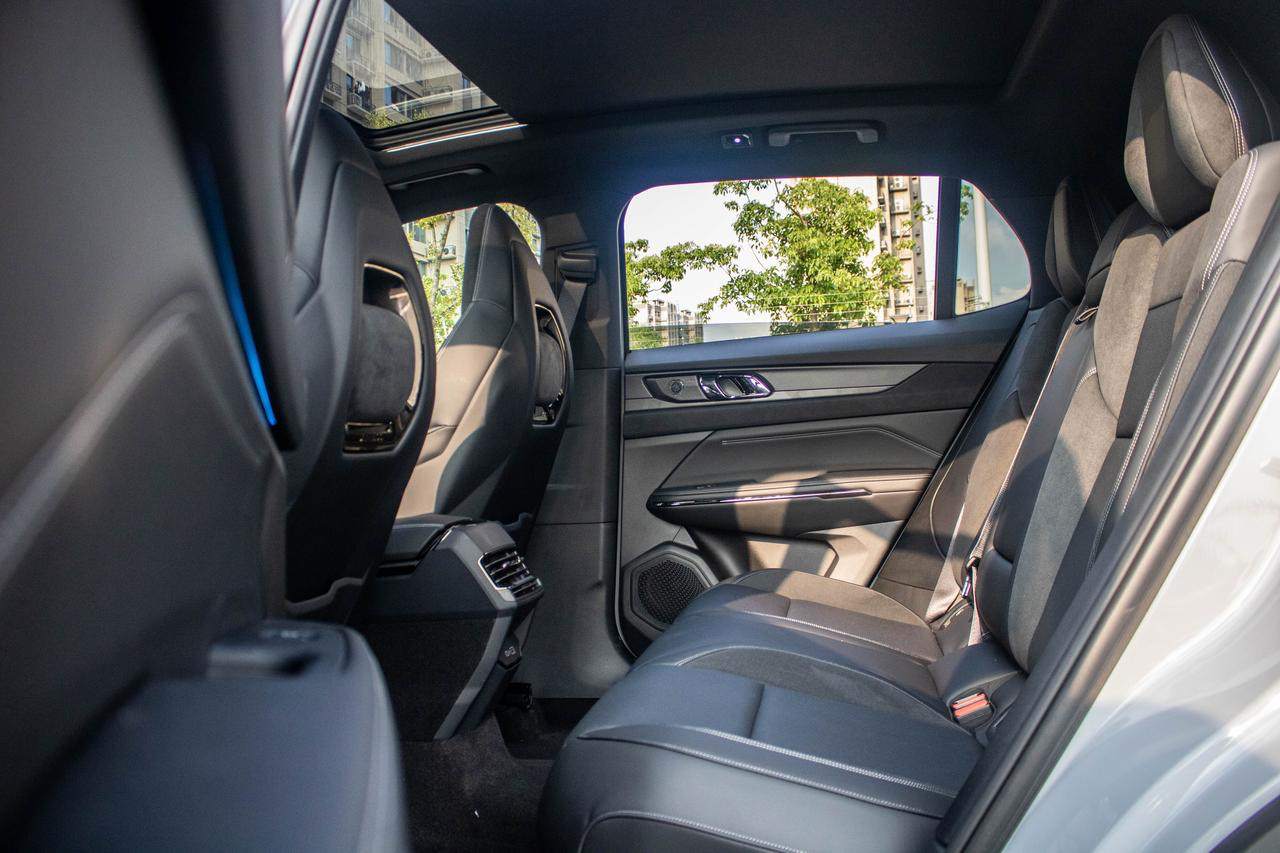
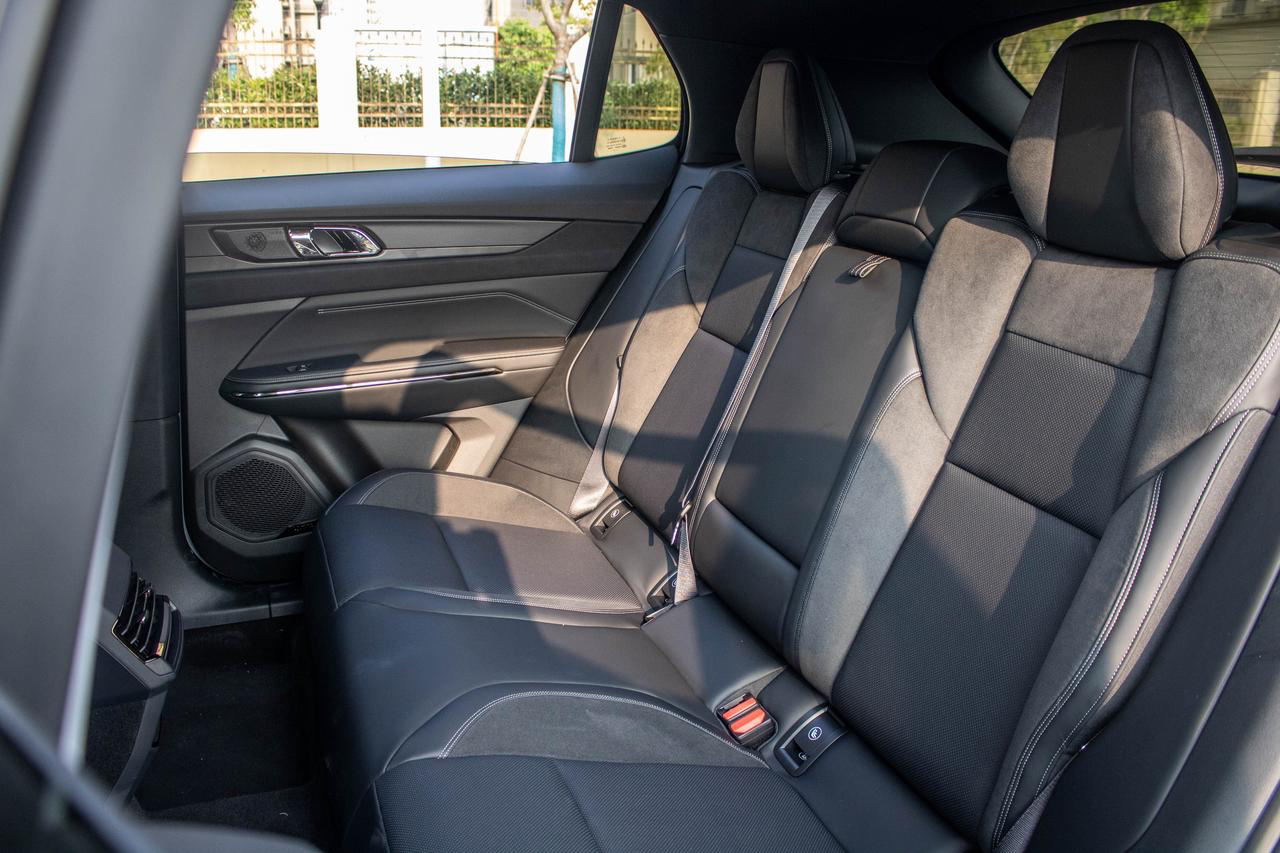
However, the battery’s central placement causes a noticeable bump in the middle of the rear floor. This bump is equivalent to an iPhone 13’s length of about 15cm. However, this design also offers some benefits since there is no risk of the battery scraping the ground.

The Lynk & Co 01 EM-P’s trunk is the same size as the gas-powered version, offering between 509L-1,397L of space, with 4/6 fold-down capability. The trunk’s interior is very flat, and there is a small storage space below the trunk cover. The emergency tire repair kit, 3 kW home charging cable, and reflective tripod are all stored here. Lynk & Co has added velcro at the bottom of the storage bags to reduce noise while driving.
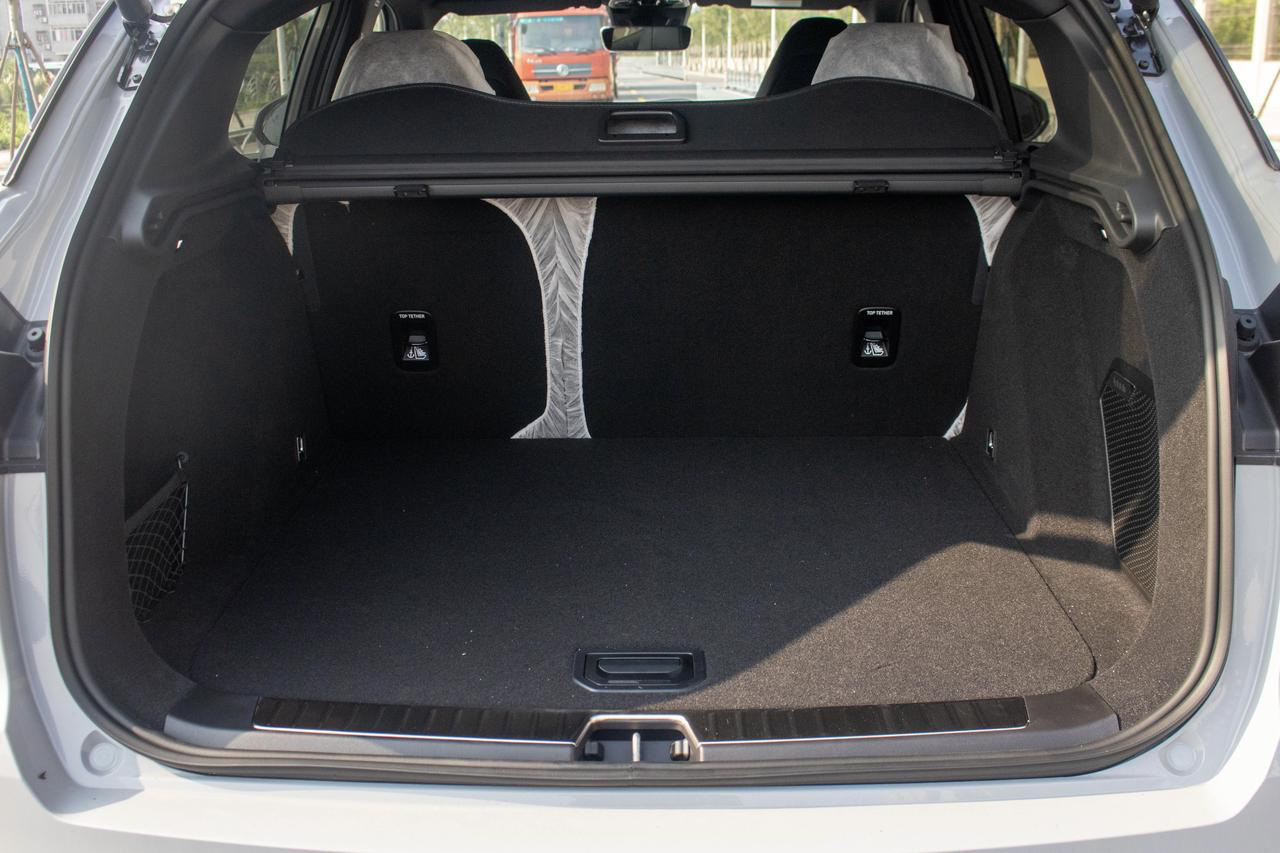
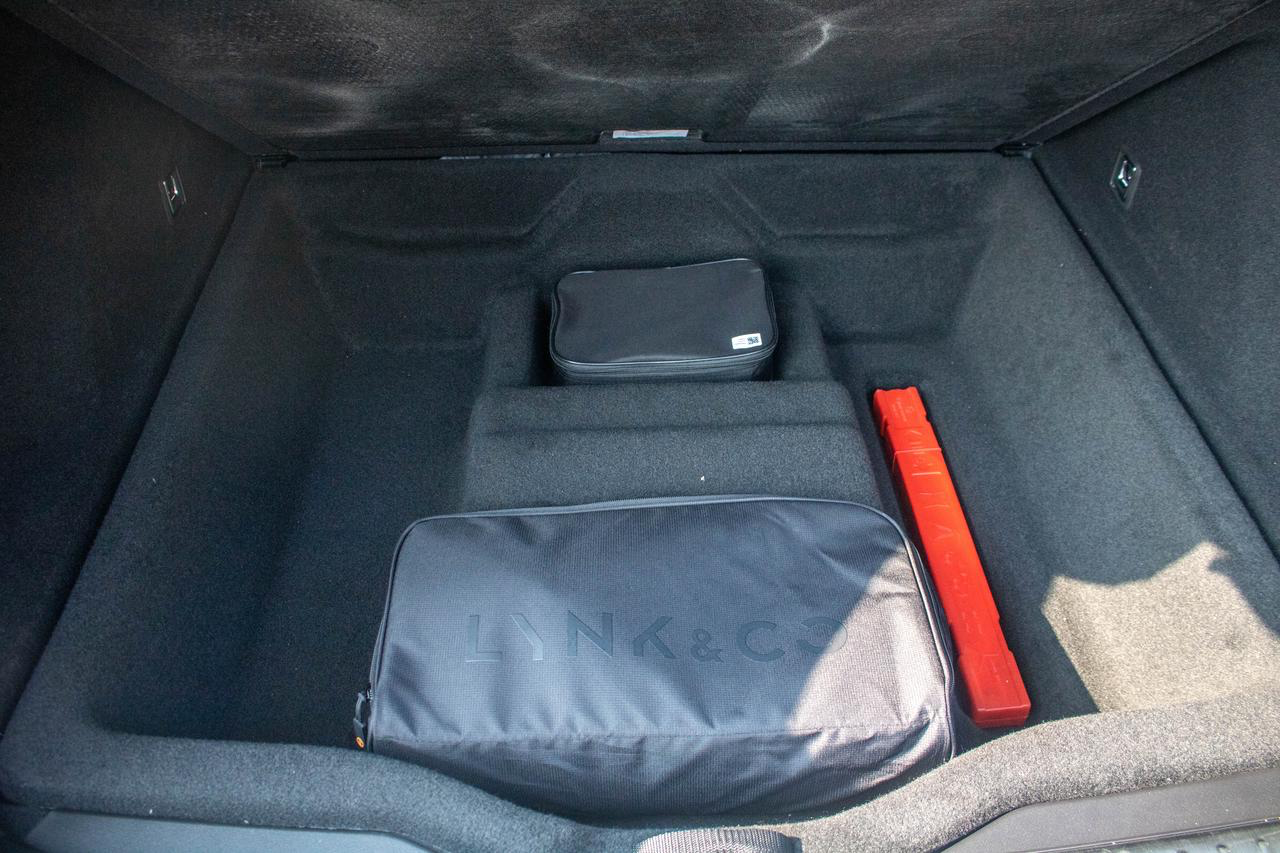
Advanced Driver-Assistance Systems: Pros and Cons
The Lynk & Co 01 EM-P’s ADAS hardware includes:
- 1 Forward-facing camera
- 4 Surround-view cameras
- 5 millimeter-wave radars
- 4 ultrasonic radars (optional 12 ultrasonic radars)
With this hardware, the Lynk & Co 01 EM-P offers Lane Keeping Assist, Adaptive Cruise Control with Queue Assist, Automatic Lane Change Assist, and Automatic Parking Assist features. Let’s take a look at how these features perform.
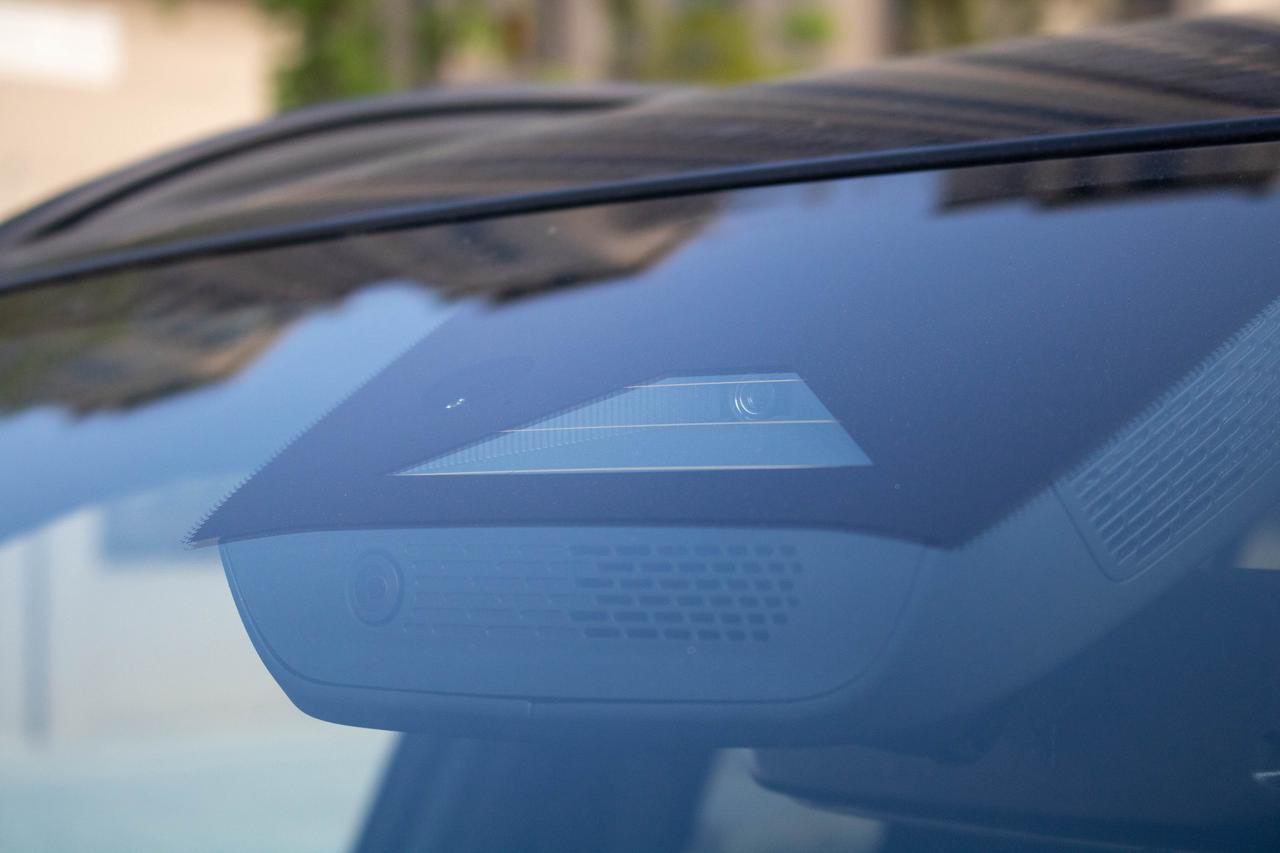 # Shanghai Outer Ring Expressway: Complex Road Conditions
# Shanghai Outer Ring Expressway: Complex Road Conditions
The Shanghai Outer Ring Expressway has a variety of road conditions, including smooth flowing traffic, congestion, heavy trucks, and cutting in. The Lane Keeping Assist (LKA) feature of the Lynk 01 EM-P advanced driver assistance system deserves high praise for its stability in longitudinal control, even on sharp curves.
However, the Adaptive Cruise Control with Queue Assist (ACCQA) feature does not provide the best user experience. The abrupt deceleration of the vehicle in front during the following-stop action makes the driver uneasy. Additionally, the system is somewhat overwhelmed when faced with minor angle cutting in. Nonetheless, even the renowned racing driver, Wei Xiaoli, cannot handle such situations well. Overall, the Lynk 01 EM-P’s L2 ADAS system provides a good experience on well-maintained highways and elevated roads.
Furthermore, the side and rear monitoring features of the Lynk 01 EM-P are in line with national conditions and are extremely practical. At night, when making a right turn onto internal roads, drivers can hardly know if there are non-motor vehicles passing through. If an electric bike or pedestrian passes through the blind spot, the system immediately alerts the driver. In Shanghai, where electric bikes are prevalent, this feature is particularly reassuring.
Additionally, the 360° panoramic image and the 180° transparent chassis effects achieved through real-time collection of road information by the four 1-million-pixel surround-view cameras installed throughout the car are commendable. Although there is still distortion in nearby objects, the noise and clarity at night are excellent, alleviating many of the frustrations of parking in underground garages.
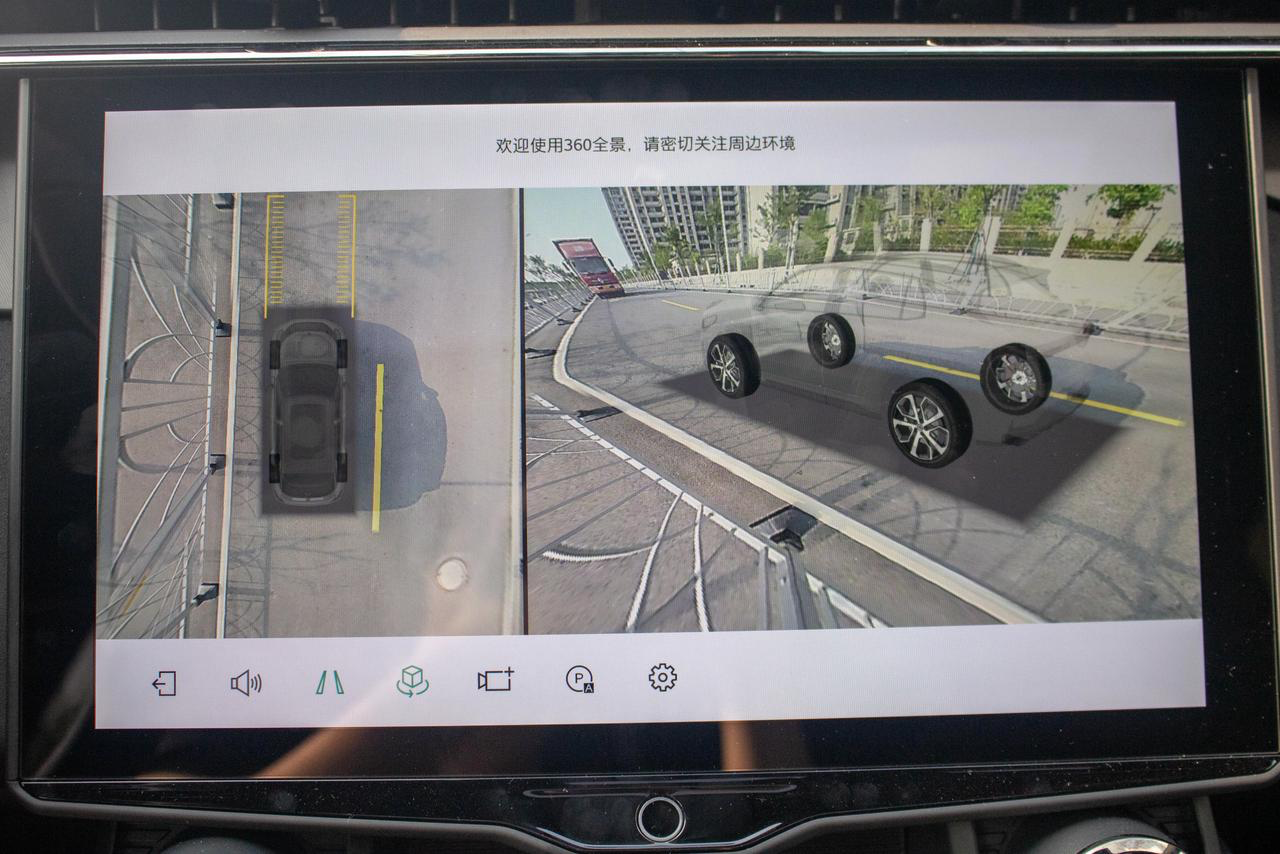
Lynk E-Motive: Infused with Fresh Energy
Unconventional Hybrid Powertrain
Before discussing the actual driving experience and energy performance, let’s briefly talk about the technology behind the system. In terms of the engine, the Lynk 01 DM-P features a 1.5T three-cylinder hybrid-dedicated engine with a code name of DHE15-ESZ. In addition to the use of mainstream technologies such as Miller cycle and turbocharging, this engine also features a turbo intercooler, high-pressure direct injection, and low-pressure EGR technology to enhance cooling and increase thermal efficiency.
This engine can achieve a maximum thermal efficiency of 43.32%, supporting 92-octane gasoline. Coupled with a front axle permanent magnet synchronous motor with a maximum power of 100 kW, this system can achieve a comprehensive maximum power of 180 kW and a comprehensive maximum torque of 545 N·m.
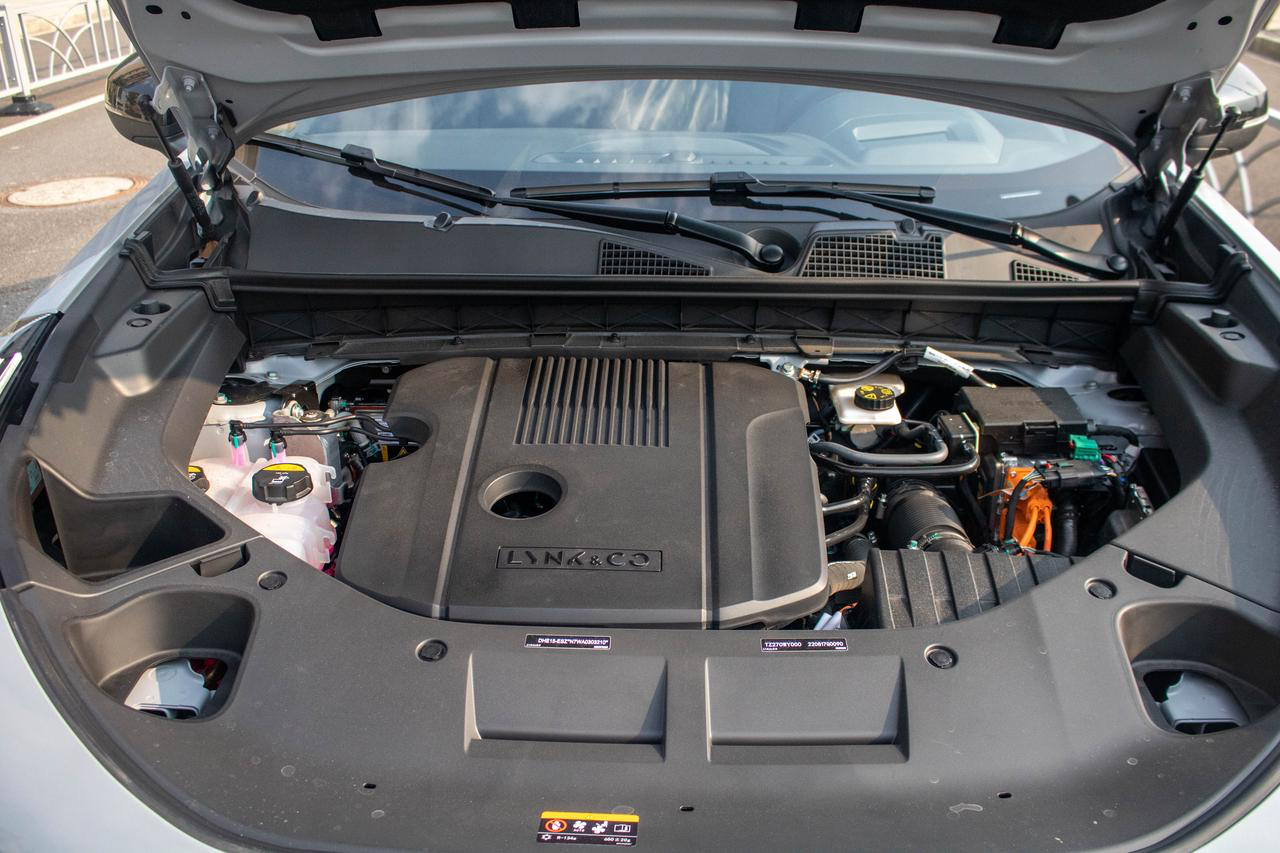 In the transmission section, the Lynk & Co 01 EM-P hybrid system has adopted the technology route of 3-gear DHT Pro transmission. Integrating one generator, one driving motor, two motor controllers and three gears in the compact size of 354mm. The design of the double planetary system is similar to the Toyota THS, but compared with Toyota, Lynk & Co’s system provides an extra 3 gears through the combination of control elements and planetary system. This design allows the DHT Pro transmission to achieve a maximum mechanical efficiency of up to 97.5%, and the three-speed ratio design allows it to enter the parallel drive mode with the engine and motor when the speed is above 20 km/h. It’s worth noting that the Honda i-MMD engine needs to reach over 80 km/h to achieve direct drive, and BYD’s DM-i requires over 70 km/h. Such a design not only ensures sufficient power output but also keeps the engine in a high-efficiency rotation speed range through a broad speed ratio, which is good for fuel economy.
In the transmission section, the Lynk & Co 01 EM-P hybrid system has adopted the technology route of 3-gear DHT Pro transmission. Integrating one generator, one driving motor, two motor controllers and three gears in the compact size of 354mm. The design of the double planetary system is similar to the Toyota THS, but compared with Toyota, Lynk & Co’s system provides an extra 3 gears through the combination of control elements and planetary system. This design allows the DHT Pro transmission to achieve a maximum mechanical efficiency of up to 97.5%, and the three-speed ratio design allows it to enter the parallel drive mode with the engine and motor when the speed is above 20 km/h. It’s worth noting that the Honda i-MMD engine needs to reach over 80 km/h to achieve direct drive, and BYD’s DM-i requires over 70 km/h. Such a design not only ensures sufficient power output but also keeps the engine in a high-efficiency rotation speed range through a broad speed ratio, which is good for fuel economy.
However, in terms of principle, compared with the design concept of most scenes using electric driving for single-gear direct drive, Lynk & Co’s three-gear DHT Pro makes the engine intervention higher and the frequency of start-stop will also increase. Does this design both bring good power output ability and excellent fuel economy, while also bringing vibration and noise?
Let’s take a look at the actual driving experience.
The Driving Experience is a Trade-off
Lynk & Co 01 EM-P has three power modes: pure electric mode, intelligent mode, and sport mode. There is no need to talk about the experience in pure electric mode: it is quiet and smooth, with no difference from pure electric models. Let’s focus on the latter two modes.
In intelligent mode, the system will predict and manage energy consumption for each section of the user’s journey based on navigation information. If the battery level is sufficient, the system will prioritize pure electric driving. If the battery level is insufficient, it will start charging ahead of congested sections and maintain low-speed pure electric driving. Through the energy flow displayed on the dashboard, I found that the Lynk & Co 01 EM-P was working actively during the driving process, and the switching action of this system was very gentle and imperceptible, whether it was series, parallel, or hybrid.
Thanks to the three-speed DHT Pro transmission, almost at any speed, the engine can cut in parallel/hybrid with the appropriate speed, bringing the most intuitive feeling that the acceleration is very brisk. The 7.6 seconds of 0-100 km/h acceleration level also makes the Lynk & Co 01 EM-P a leader among hybrid models in the same class.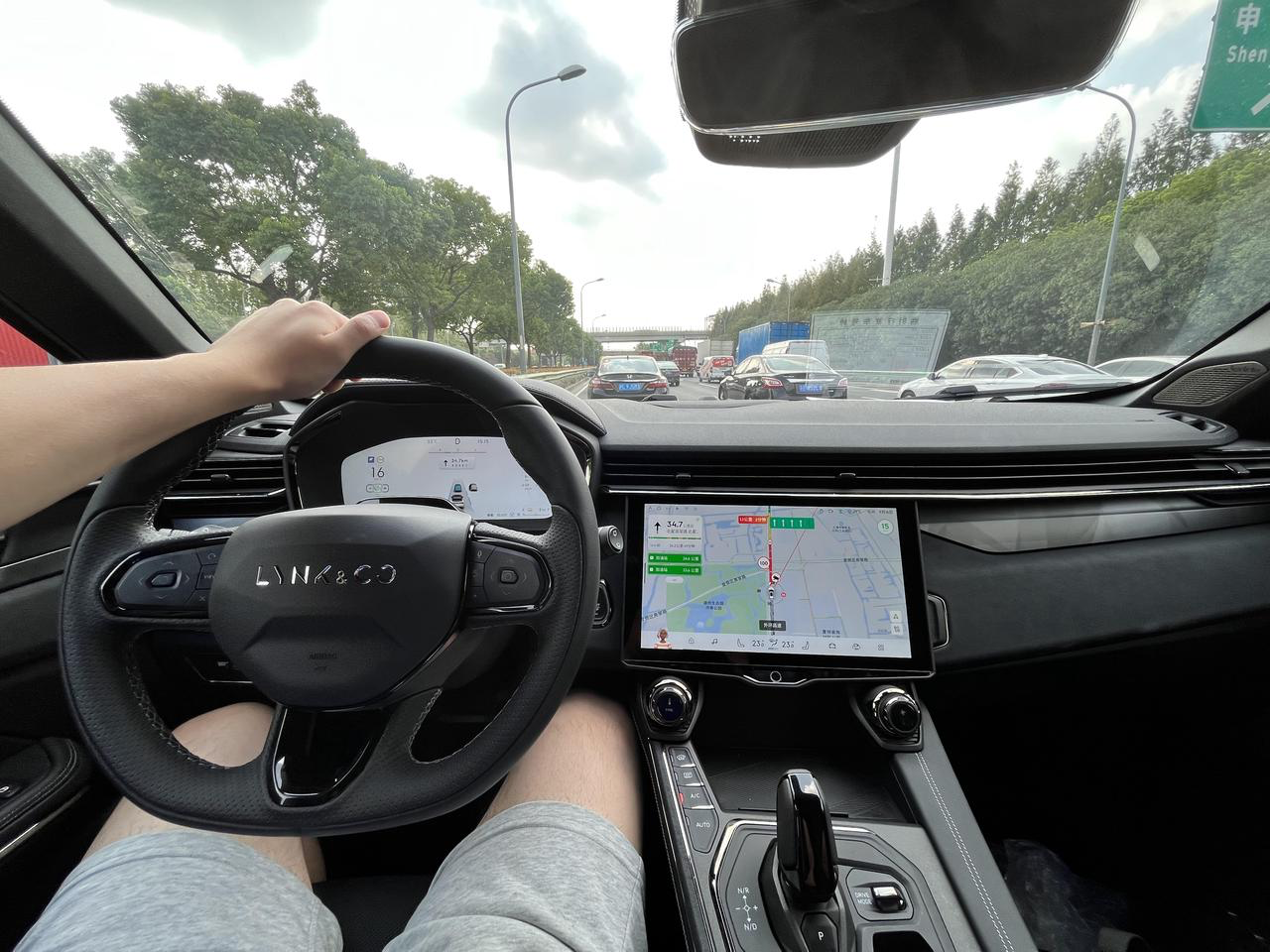
In the stationary state, stepping on the accelerator and brake pedal at the same time will activate the catapult mode, which can detect the engine start and enter the optimal speed range. Releasing the brake pedal, the 545 N·m torque makes the 235 mm wide Maxxis UC6 tires instantly break through the grip. It should be noted that even when the battery level is at 0%, the power of the LYNK & CO 01 EM-P is not significantly depleted, and the acceleration is still brisk.
In sport mode, stepping heavily on the accelerator, I was surprised to find that this car actually has a Kickdown gearbox with a forced downshift button. At this time, the shifting logic of the 3-speed DHT Pro becomes aggressive, and the quick separation and combination of the clutch brings jolts and soaring speedometer numbers. However, this aggressive shifting strategy is only available in sport mode and catapult mode, and the shifting action will not affect the comfort in daily driving. Moreover, compared with traditional fuel vehicles, the noise of the LYNK & CO 01 EM-P at full acceleration is much quieter.
In the extreme state of 0% battery level, the frequency of the engine’s low-speed intervention in the LYNK & CO 01 EM-P will increase. At this time, the motor does not have enough power assistance, and the vibration and noise generated by the low-speed start of the engine and heavy load driving will be more noticeable. However, this is a condition created for testing, and I recommend friends who do not have a fixed charging condition to choose the “intelligent power protection” mode in daily driving. At this time, the vibration and noise will not increase significantly compared with the pure electric mode.
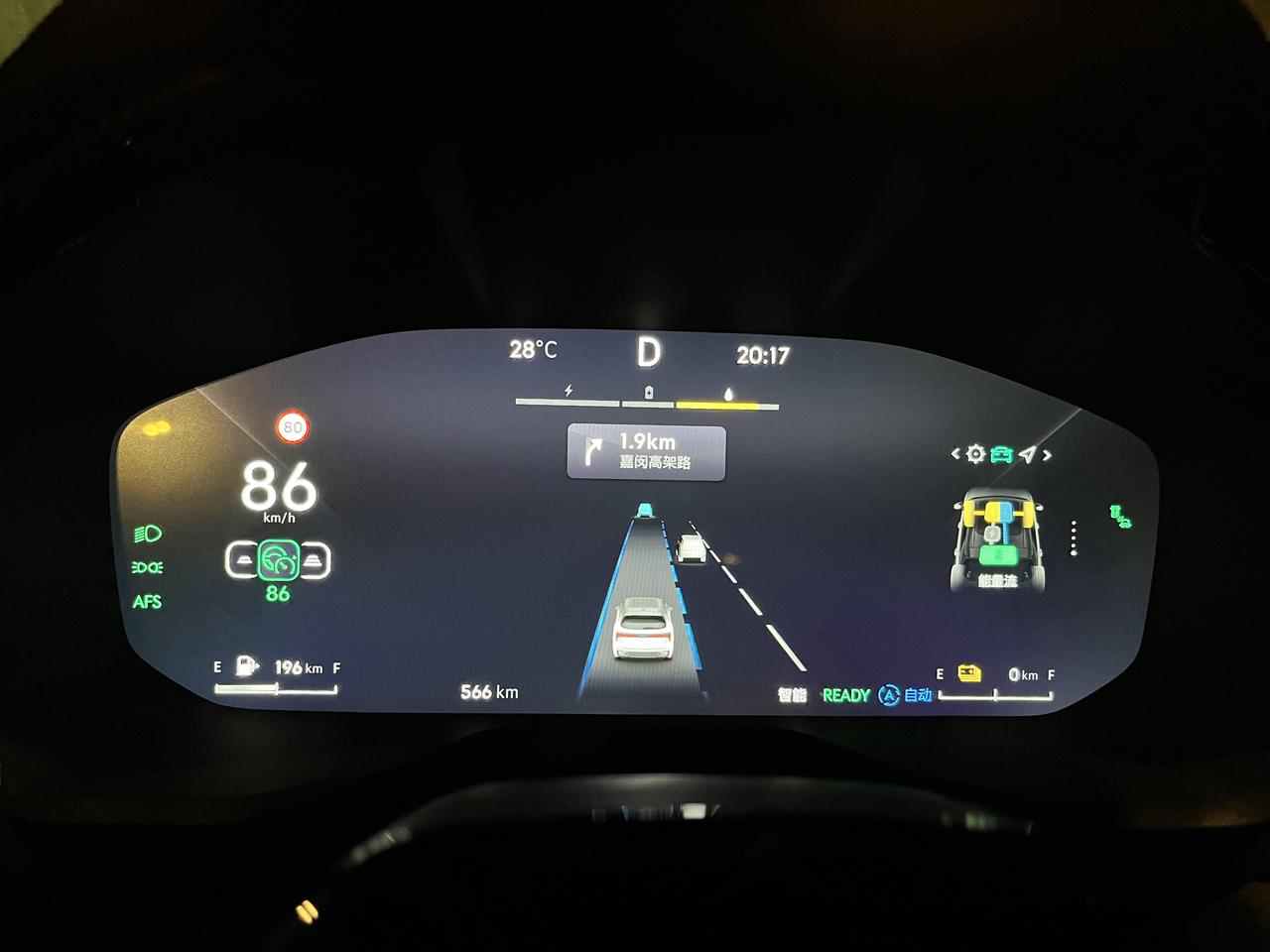
Undoubtedly, compared with the pure electric-driven BYD DM-i, LYNK & CO 01 EM-P’s more frequent engine intervention still brings some disadvantages to the NVH control of the vehicle. However, the advantage it brings is the stronger acceleration ability at high speeds, and it avoids the risk of stalling during long-lasting high-load driving. In addition, at medium and low speeds, the parallel and hybrid modes of LYNK & CO 01 EM-P can better balance fuel consumption and performance compared to pure series parallel.
The LYNK & CO 01 EM-P adopts a layout of front McPherson and rear multi-link independent suspension, and the tuning of the whole vehicle is very “European”. The chassis is tight, the cornering support is excellent, and it has a mini sports car temperament. When facing small undulating bumps, the chassis is very resilient, and the sense of advanced level is definitely leading in the same level. Honestly, there are not many hybrid models that can stimulate people’s driving desires, and LYNK & CO 01 EM-P is definitely one of them.
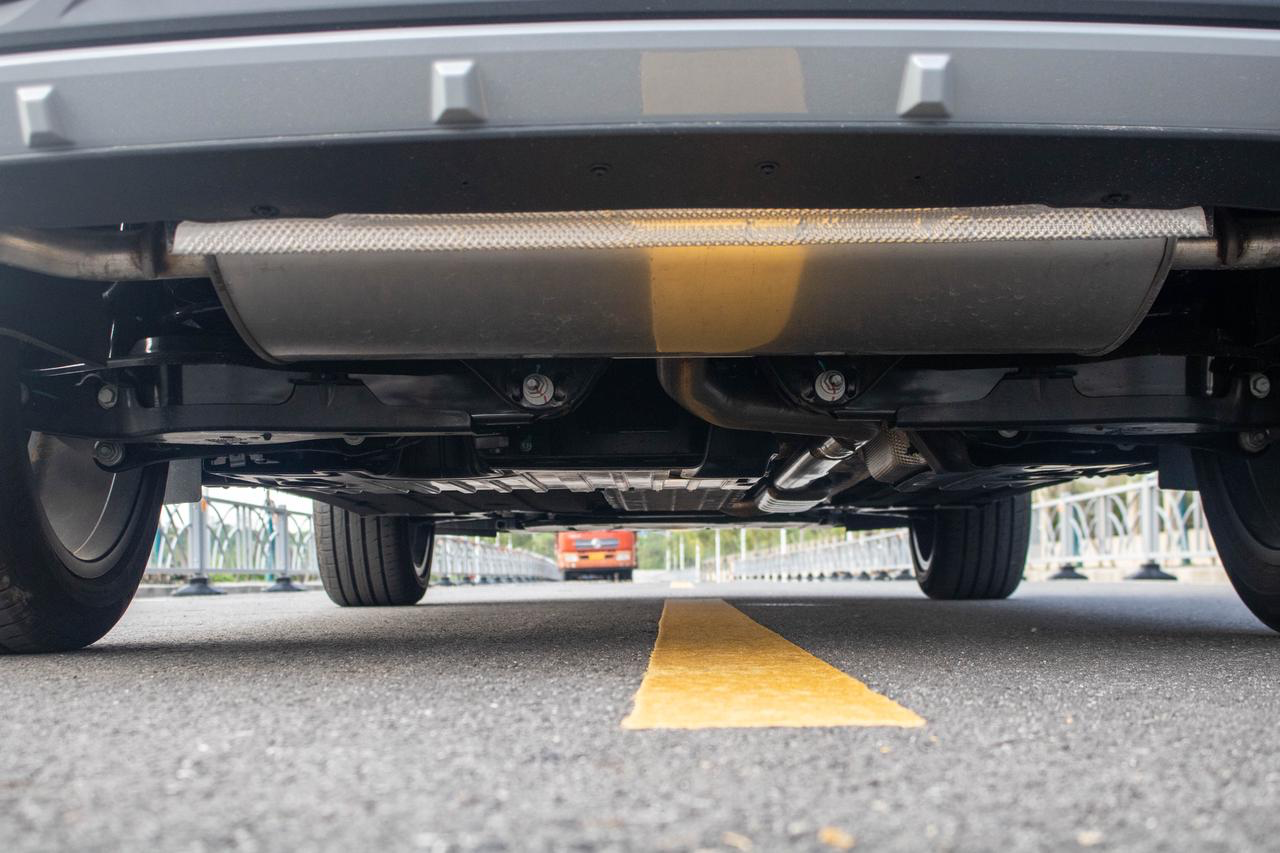
Tested pure electric range of 80 km, electricity consumption of 5 L/100 kmTo test the fuel consumption and energy consumption performance of the Lynk & Co 01 EM-P, we chose the Shanghai Outer Ring Expressway, which has the most comprehensive road conditions. The vehicle was fully charged with a displayed range of 70 km. We turned on pure electric mode, set the kinetic energy recovery to the lowest level, and stopped the vehicle when the battery level displayed 0% and the engine intervened.
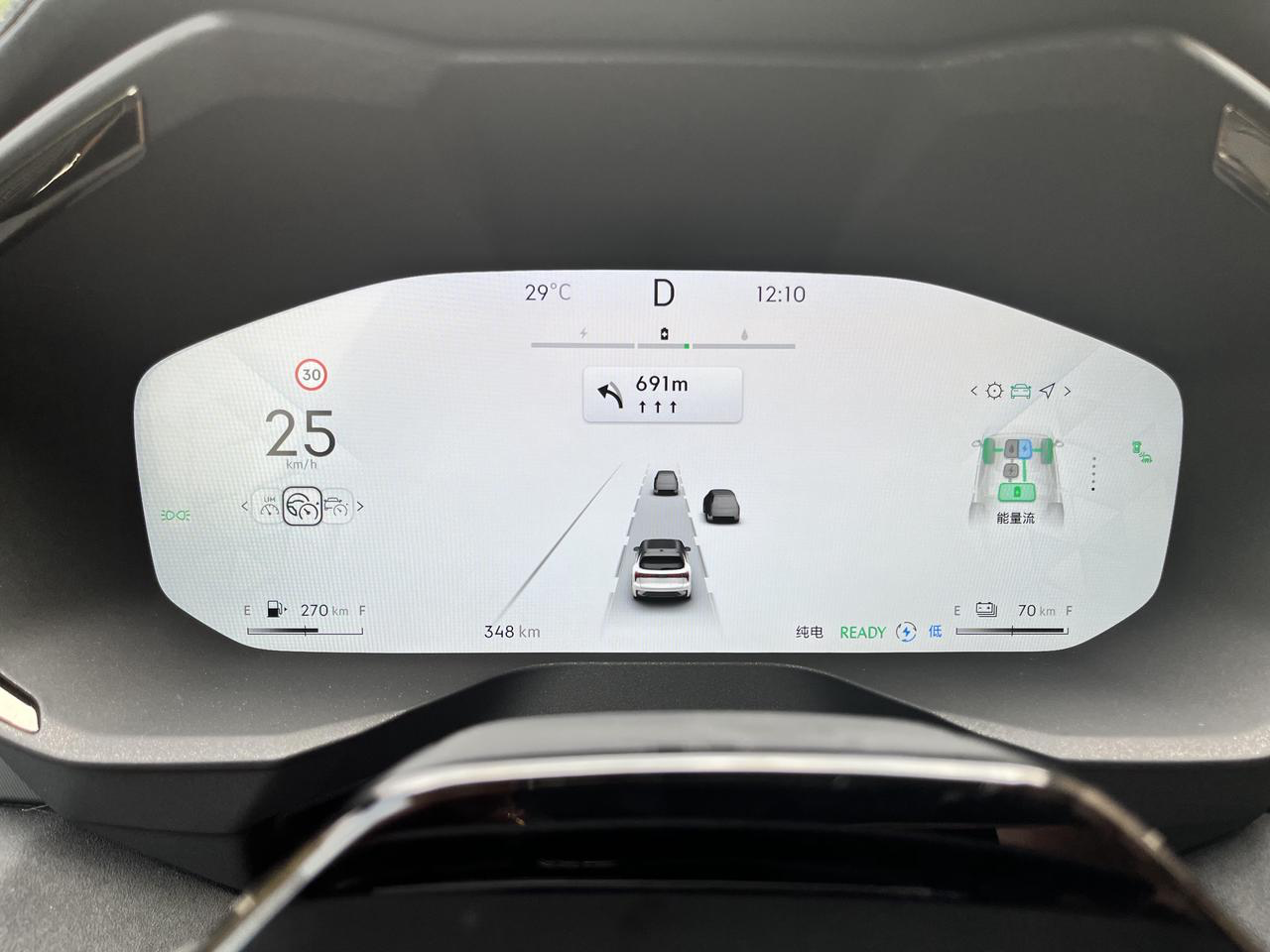
It is worth mentioning that the Lynk & Co 01 EM-P only supports AC slow charging, but slow charging resources are relatively scarce compared to fast charging, and a 17.7 kWh battery takes a lot of time to fully charge. Therefore, the best use scenario is still having a fixed parking space with a charging pole.
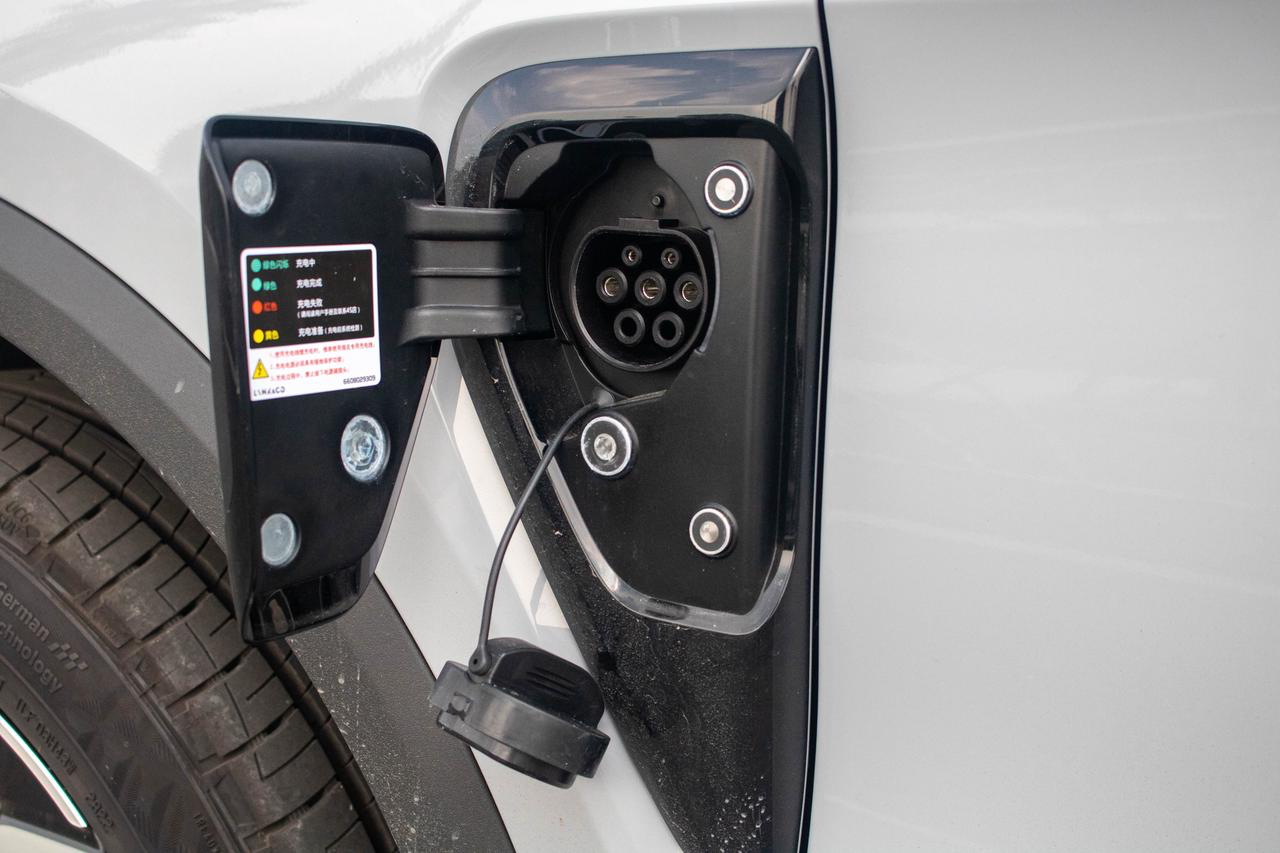
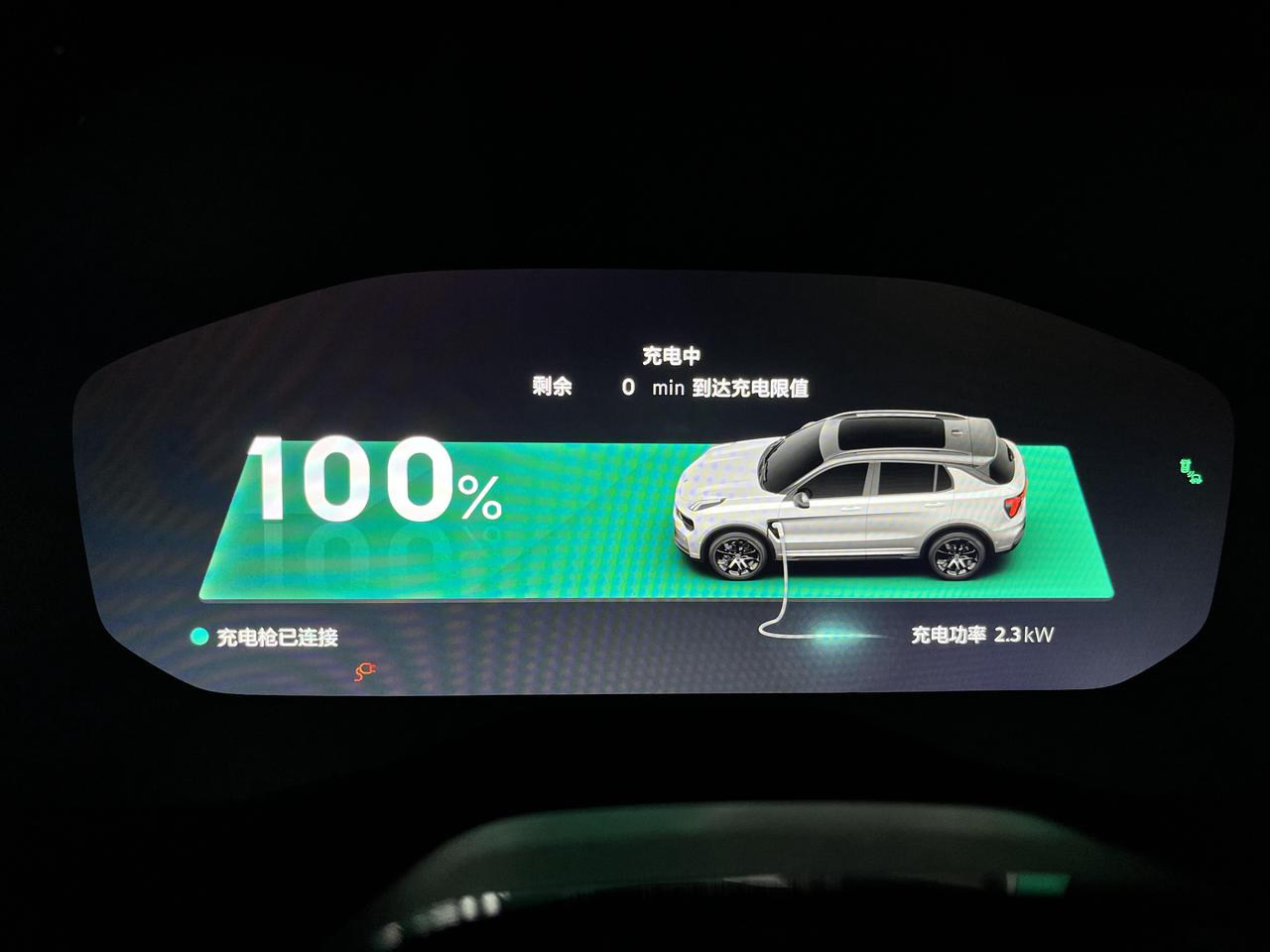
After fully charging, the displayed range was 70 km. We reset the mileage, set the air conditioner to 24 degrees and the wind speed to level 3. To my surprise, something unexpected happened: the Lynk & Co 01 EM-P achieved a pure electric range of 81.3 km, exceeding the official range, from 100% to 0% battery level.
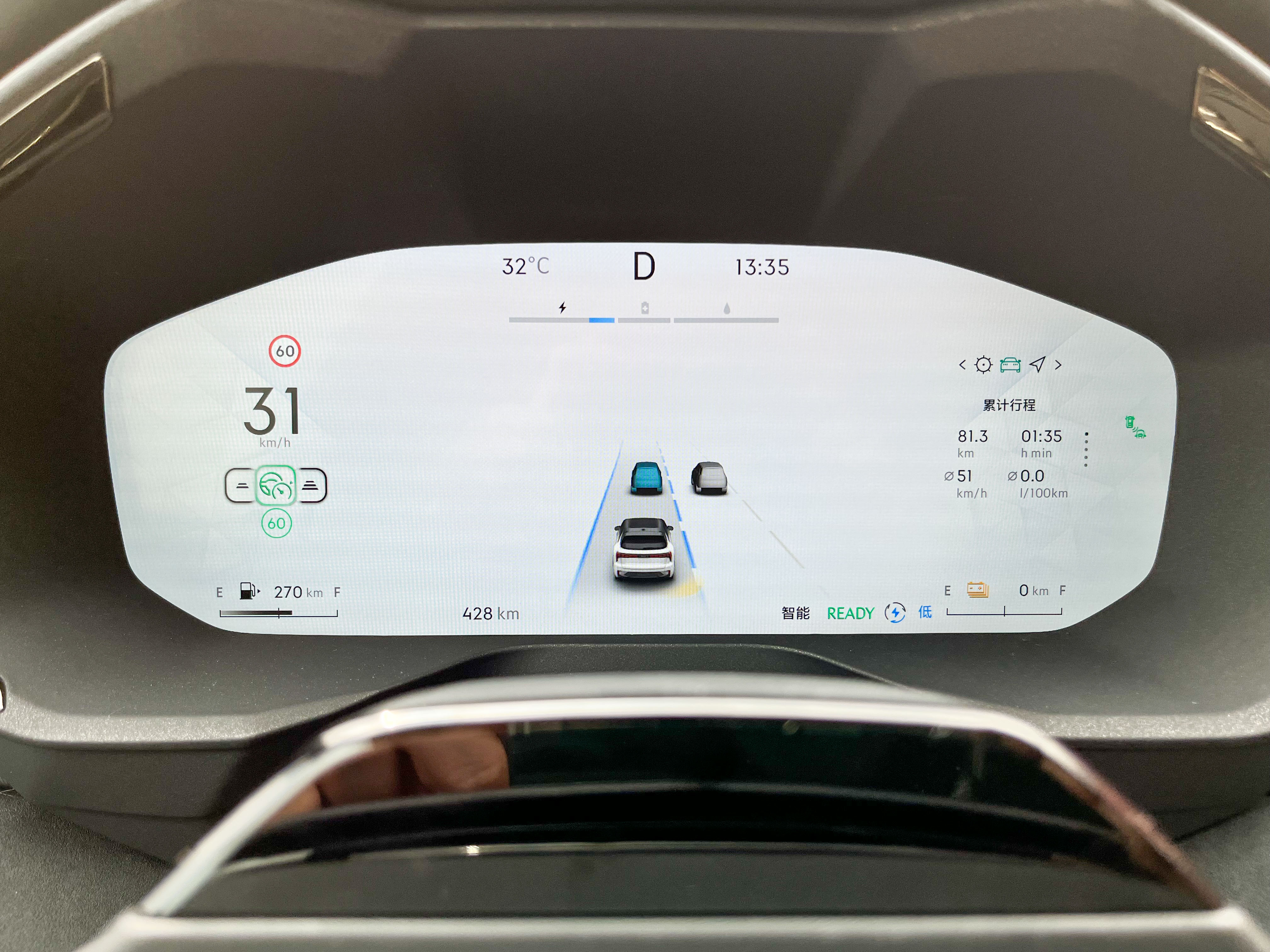
To be honest, I am very surprised by this result. Although the ambient temperature of 29 degrees Celsius is friendly to the operation of lithium batteries, my driving style is also simulating daily driving, with a speed limit of 100 km/h on smooth road sections, with an average speed of 51 km/h.
After the battery level reached 0%, the system automatically switched to “Smart Mode”. At this time, the engine will participate in driving, and the kinetic energy recovery will recover the excess electricity into the battery pack. Therefore, the pure electric range displayed on the instrument panel will fluctuate between 0-3 km. The CRBS brake calibration of the Lynk & Co 01 EM-P is very good, and the disconnection between kinetic energy recovery and mechanical brakes is almost non-existent, and the foot feeling is also very solid.
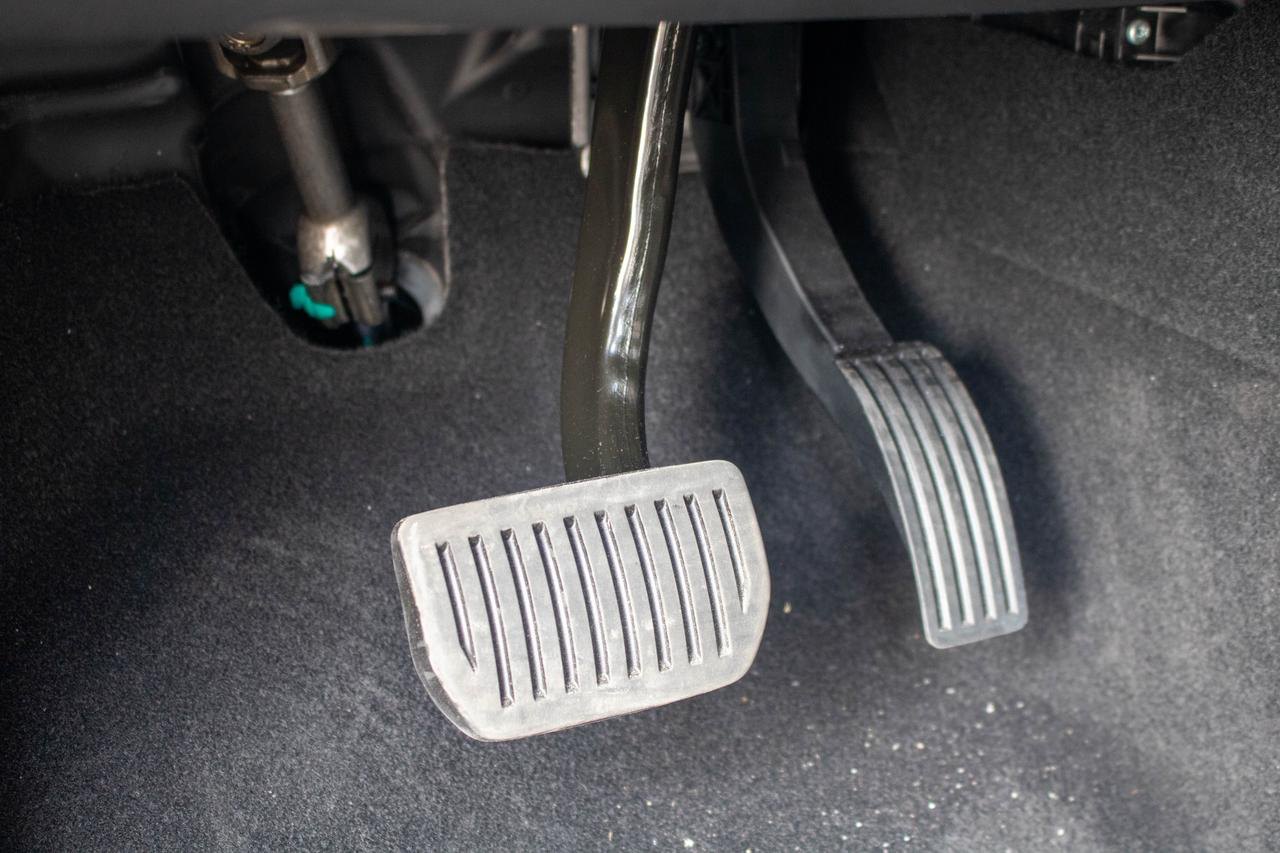
At 0% battery level, I drove the vehicle for another 118.7 km, and the displayed fuel consumption was 5.0 L, which is also very impressive. It should be explained that theoretically, choosing “Intelligent Battery Conservation” will further reduce fuel consumption, because in the low efficiency zone, the engine needs to assist the electric motor when the battery level is low, which will have a negative impact on fuel consumption.
Who is the Lynk & Co. 01 EM-P for?
The Lynk & Co. 01 EM-P comes with a price tag of 199,800 to 227,800 yuan and is eligible for preferential policies such as new energy green license plates and exemption from purchase tax in Shanghai and some other regions. Admittedly, the unavoidable competitors at this price point are the BYD Song, with the Lynk & Co. 01 EM-P priced at about 40,000 yuan higher.
The Lynk & Co. 01 EM-P supports only AC slow charging, making it more suitable for people who have home charging conditions.
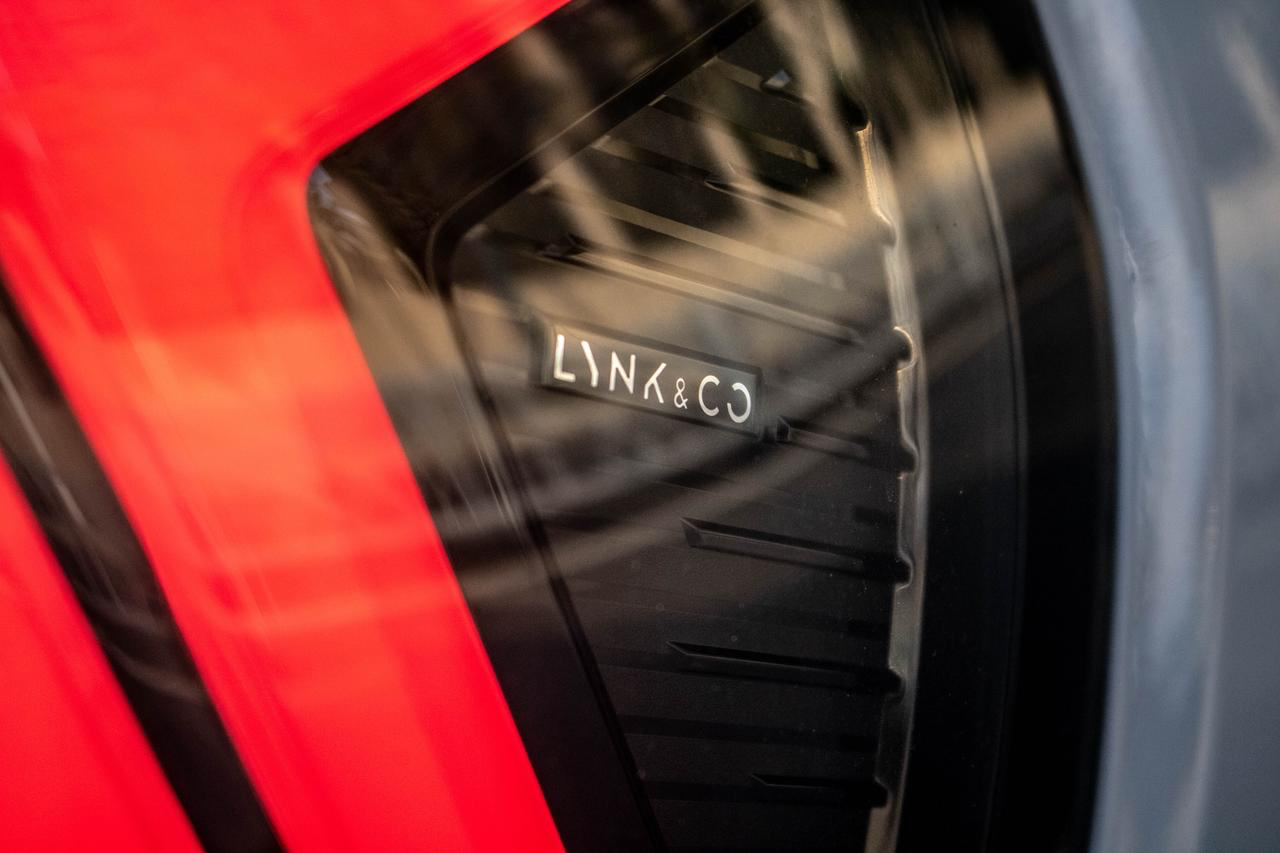
However, compared with its peers, the Lynk & Co. 01 EM-P has indeed taken its own differentiated route —— young, sporty and high-quality. Whether it is the interior and exterior design, material selection, or driving experience, the Lynk & Co. 01 EM-P has outstanding performance, and its performance in smart and assisted driving is also commendable.
So, if you are young at heart, have quality requirements, and are looking for a plug-in hybrid model that balances driving pleasure and fuel economy, and happen to have home charging conditions, then the Lynk & Co. 01 EM-P will be an option you cannot ignore.
This article is a translation by ChatGPT of a Chinese report from 42HOW. If you have any questions about it, please email bd@42how.com.
